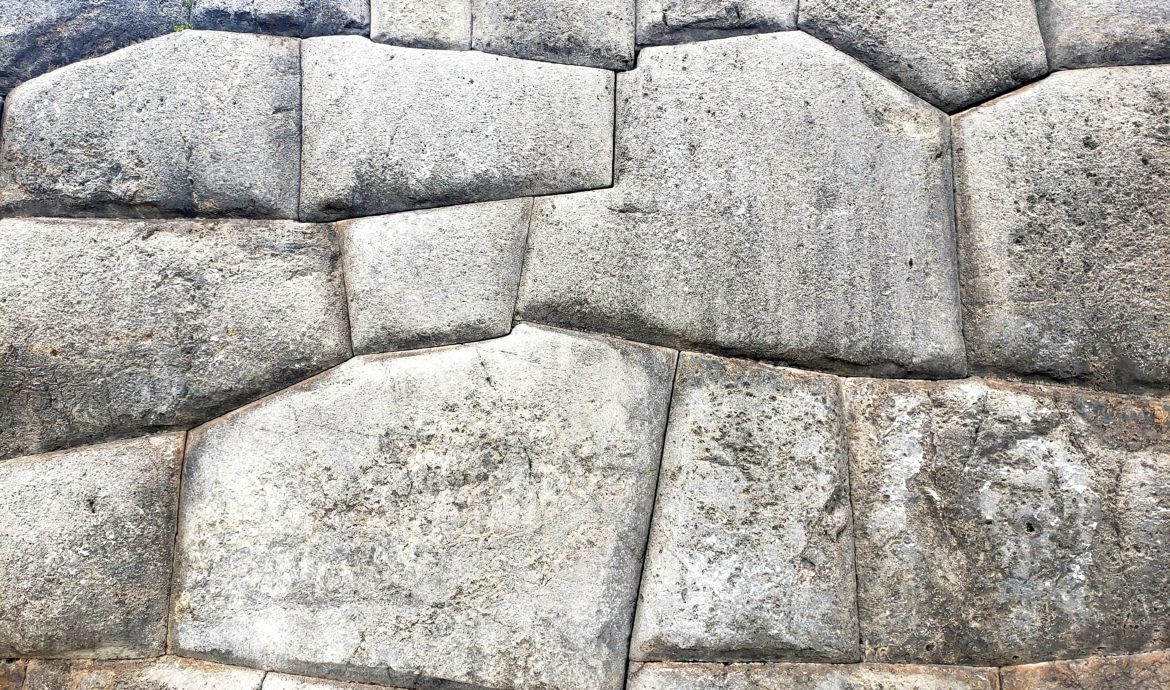
¿Incas o extraterrestres?
PerúKusi had been a decent tour guide. He drove me from Cusco to some of the Inca ruin sites that were scattered about the Sacred Valley a little too far to visit on my bicycle. He taught me a few phrases in his native Quechua, which I promptly forgot. He explained a bit about the nature of the various sites – Pisac with its farming terraces, the intricate irrigation at Tambomachay, the caverns left by stone-mining at Q’enko, and the vicious battle between the Incas and Spanish at Sacsayhuaman. He even took me to the local zoo, which did not fit in with the rest of the narrative at all.
But he lost all credibility when he told me that aliens were responsible for these impressive Inca ruins — particularly Sacsayhuaman, a military fortress on a hill directly above Cusco.
“Es imposible,” he told me. The stones at Sacsayhuaman weigh up to 150 tons. Just like the walls in the city below, the creators carved blocks with a seemingly haphazard zigzag that interlocks so precisely, without mortar, that a piece of paper can’t thread the gap. The ancient walls have withstood earthquakes casually while colonial architecture crumbled. The precision required to replicate these walls can only be performed with lasers today, so archaeologists are understandably mystified by how an indigenous culture achieved thiese constructions.
Adding to the mystery, Kusi told me that the stone must have been mined from quarries in a valley far below Sacsayhuaman. The Incas hadn’t invented the wheel. Experts don’t have any explanation for how the Incas could have transported the enormous stones up the mountain. “Muchos expertos creen que había extraterrestres,” Kusi said, crediting aliens with the construction.
“El otro día,” he went on, “yo ví un chico muchacho verde, corriendo por la calle.” He saw a little green man running across the street? Or did I translate that wrong? Now he was just insulting my intelligence.
But as I thought back on my time on Perú, I reflected upon so many things that actually did seem extraterrestrial.
Last week, I visited the Sacred Valley ruins of Moray, where geometric terraces dug into the earth created unique microclimates for growing different types of produce. The terraces looked eerily like the crop circles in the movie “Signs.” An extraterrestrial design? Maybe.
Machu Picchu, in all its magnificence, was supposedly built in only a few decades, again with large rocks hauled inexplicably to the tops of mountains. Many wonder how such an achievement could have been completed in such a short timespan. With a helping hand from outer space? Perhaps.
The following week, I would visit the floating reed islands on Lake Titicaca, where the Uros people have lived since pre-colonial times. Supposedly, they built the islands to hide on the lake, escaping from the Incas by sailing away in their homes. But perhaps there was an even greater threat that they were hiding from…aliens?
The Incas supposedly sacrificed children on top of mountain peaks, the frozen bodies of which I later saw in a museum in Salta, Argentina. This practice just seems inhumane — an act perhaps actually committed by another species?
The Nazca lines on the southern coast of Perú, which I didn’t get to visit, depict drawings of spiders and birds are carved into the desert stone spanning hundreds of miles and only visible from the sky — exactly where the aliens would have come from.
All these things were too bizarre to be of human origin. Maybe Kusi was right?
A little internet research told me that Kusi isn’t alone in his theories. Many alien conspiracy theorists point to Tiwanaku, an ancient ruin in northern Bolivia, which, based on excavation and study, appeared to be a great pre-Inca civilization, but mysteriously vanished a few hundred years before the Inca came to power. Tiwanaku, which I didn’t get to visit, has similar masonry to the Inca ruins. Some people even allege that a large, decorated gateway found in the ruins served as an interdimensional portal. Could Tiwanaku have been an alien outpost?
But then I snapped out of it. And became a little disappointed in Kusi. As a descendant of the race that created all these things, why wouldn’t he be proud of that heritage? When he told me that the Incas didn’t even have the wheel, that seemed to concede that the Spanish brought civilization and technology with them. But the Incas had plenty of things that the Spanish didn’t, from potatoes and tomatoes, to advanced astronomy, to hand-woven textiles with higher thread density than modern machines can produce, to inexplicable methods of moving gigantic stone blocks. A handful of illiterate, belligerent conquistadors vanquished much of that knowledge in their thirst for gold. The subsequent subjugation of Kusi’s people seems to have destroyed much of the pride and faith they had their ancestors.
Why would aliens be more capable than humans? I posed the question to Kusi, but he just shrugged. Maybe Kusi was an alien…
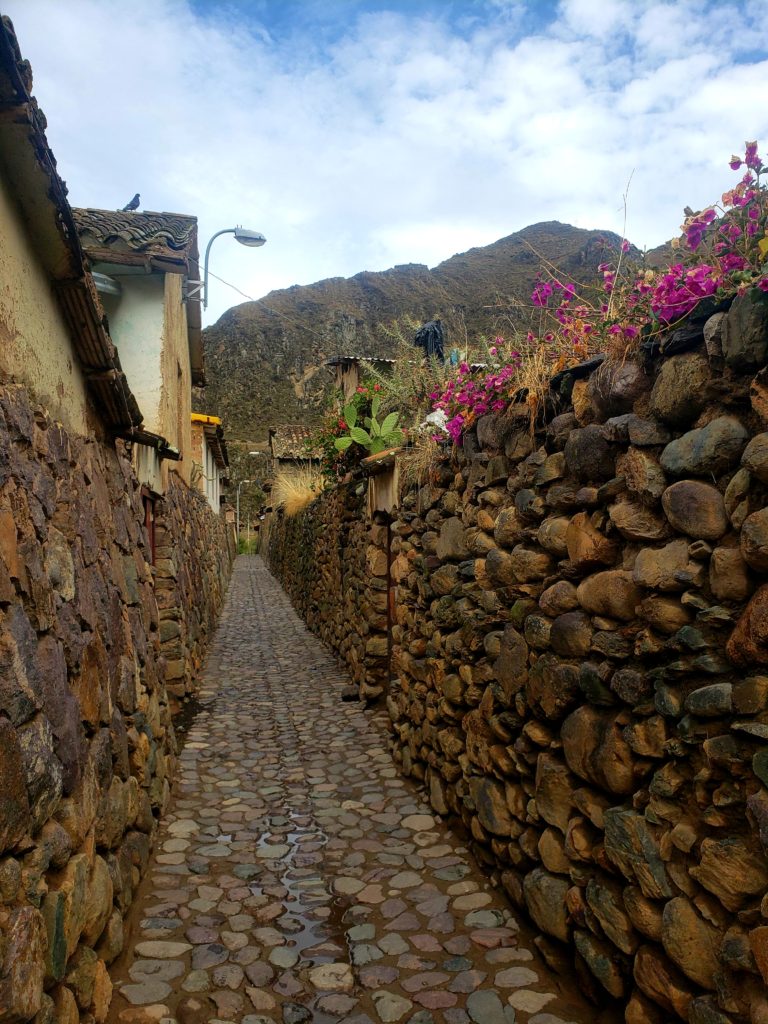
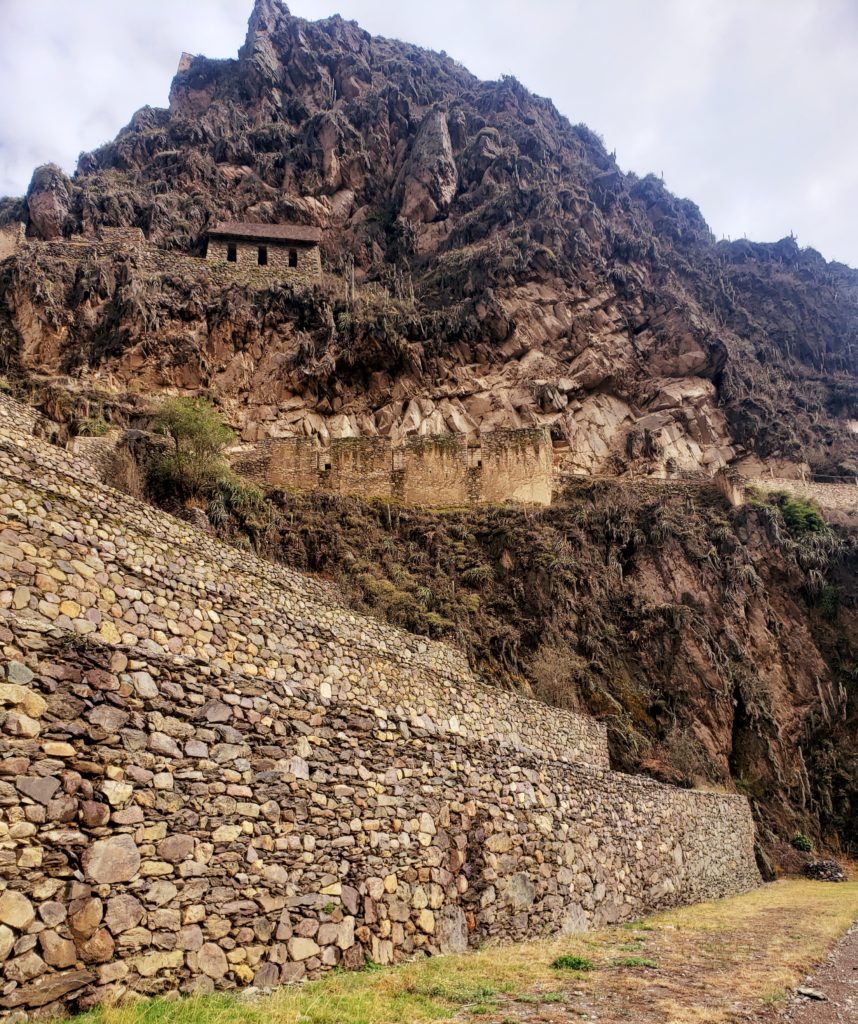
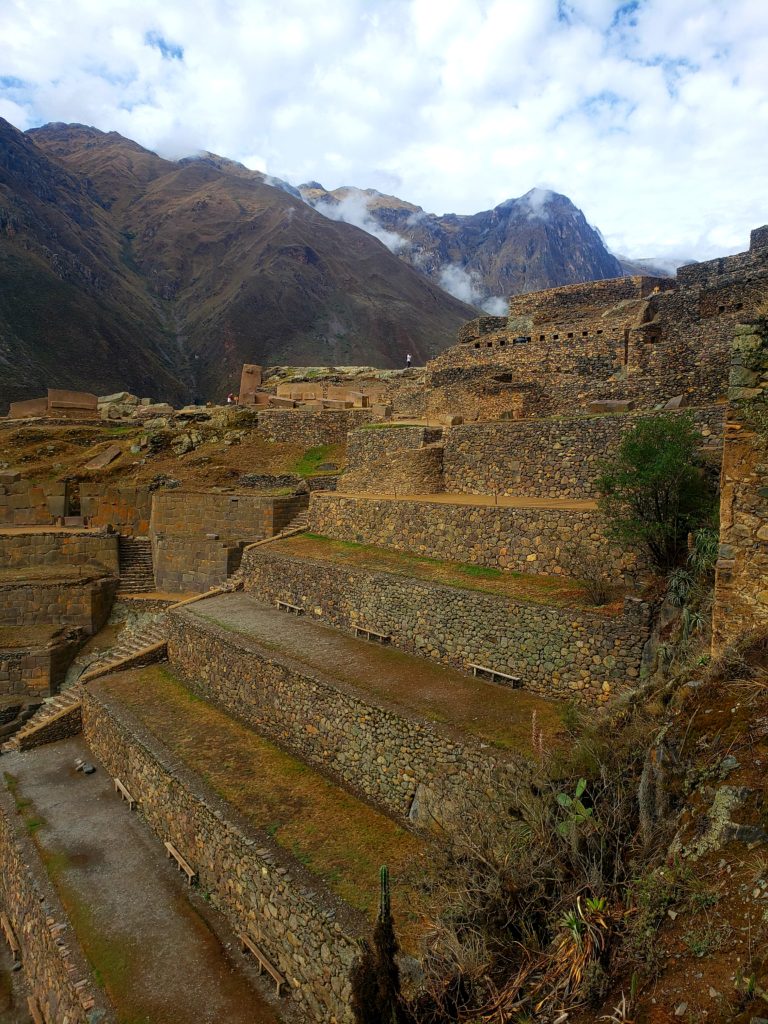




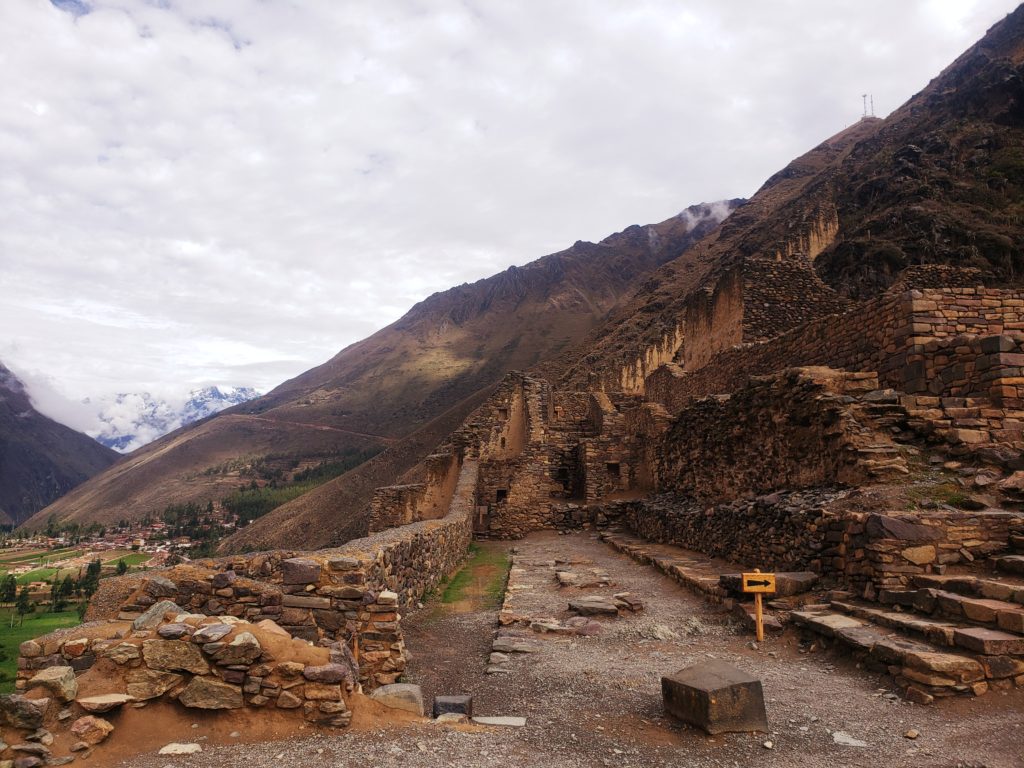
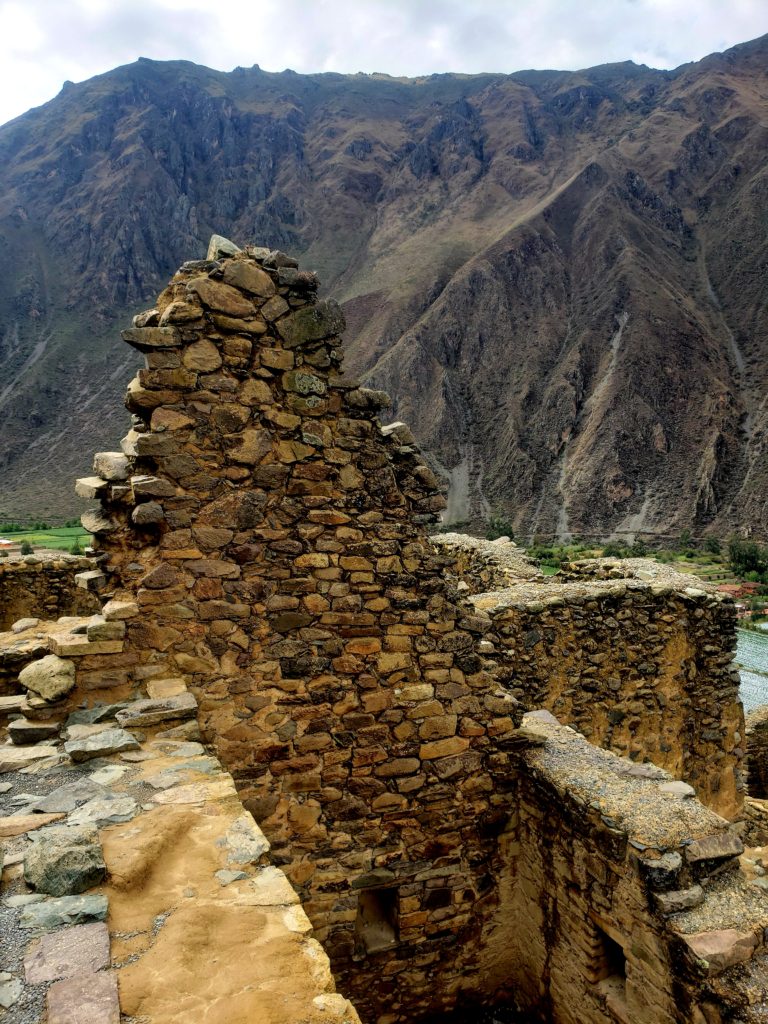
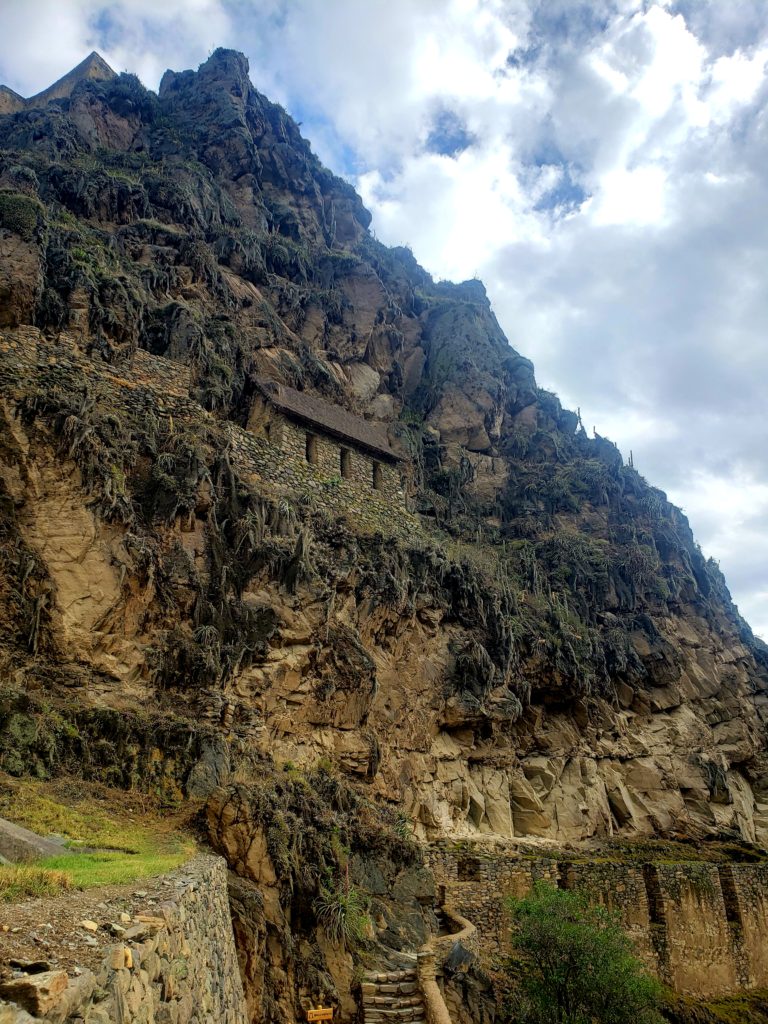


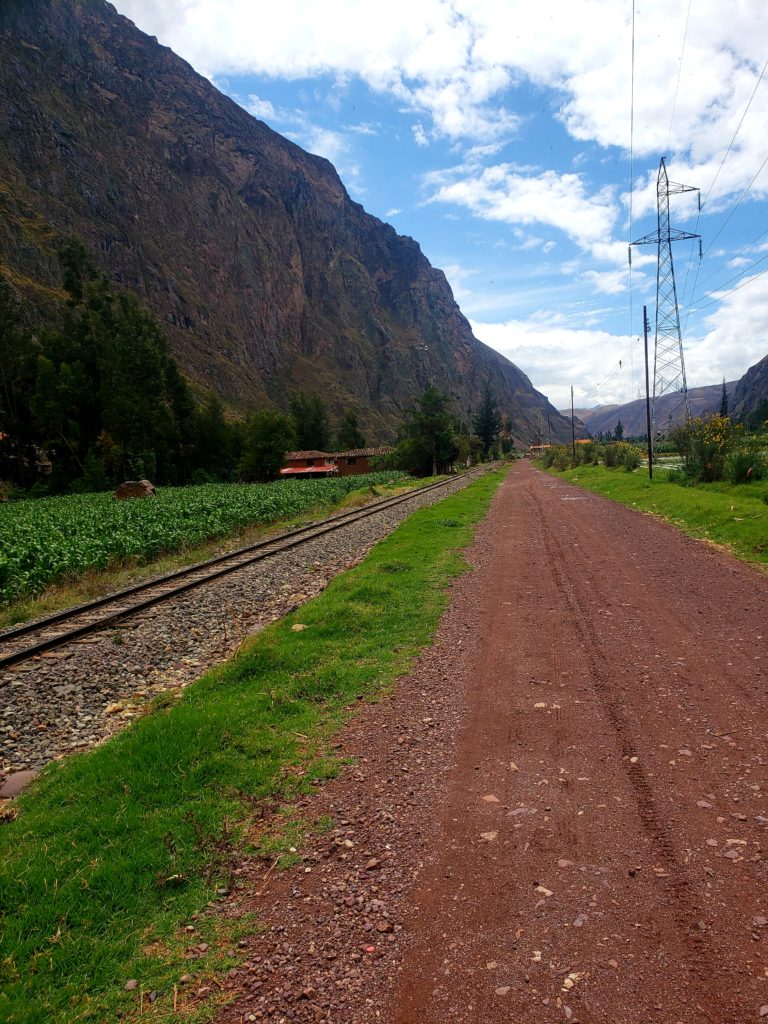
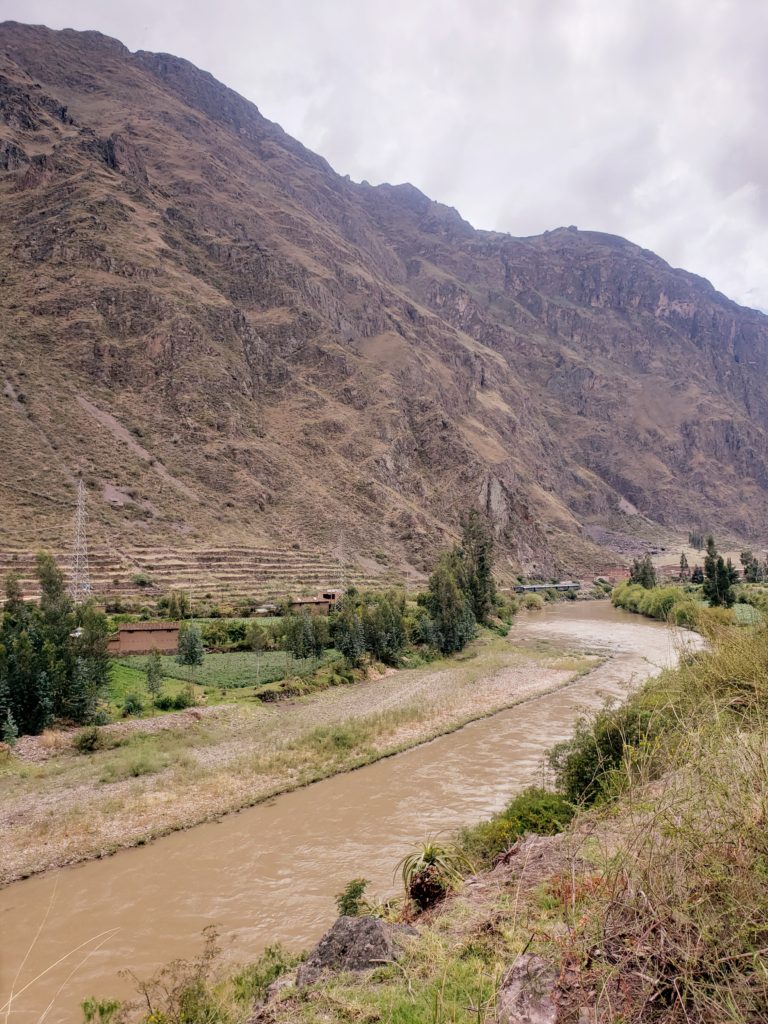
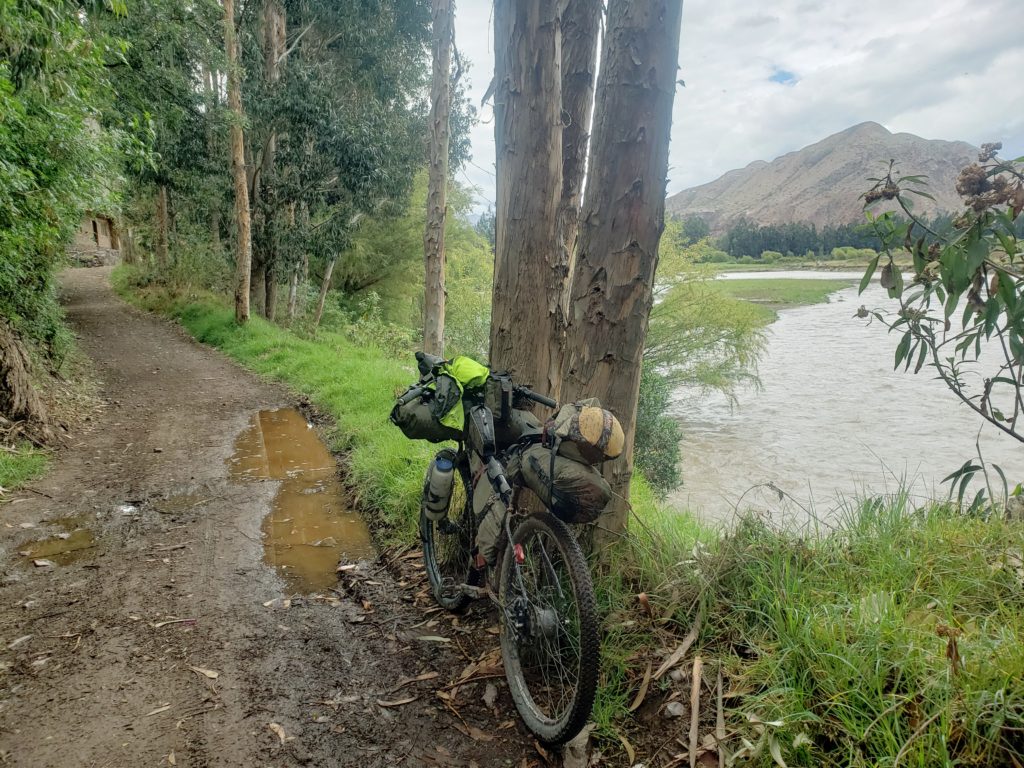


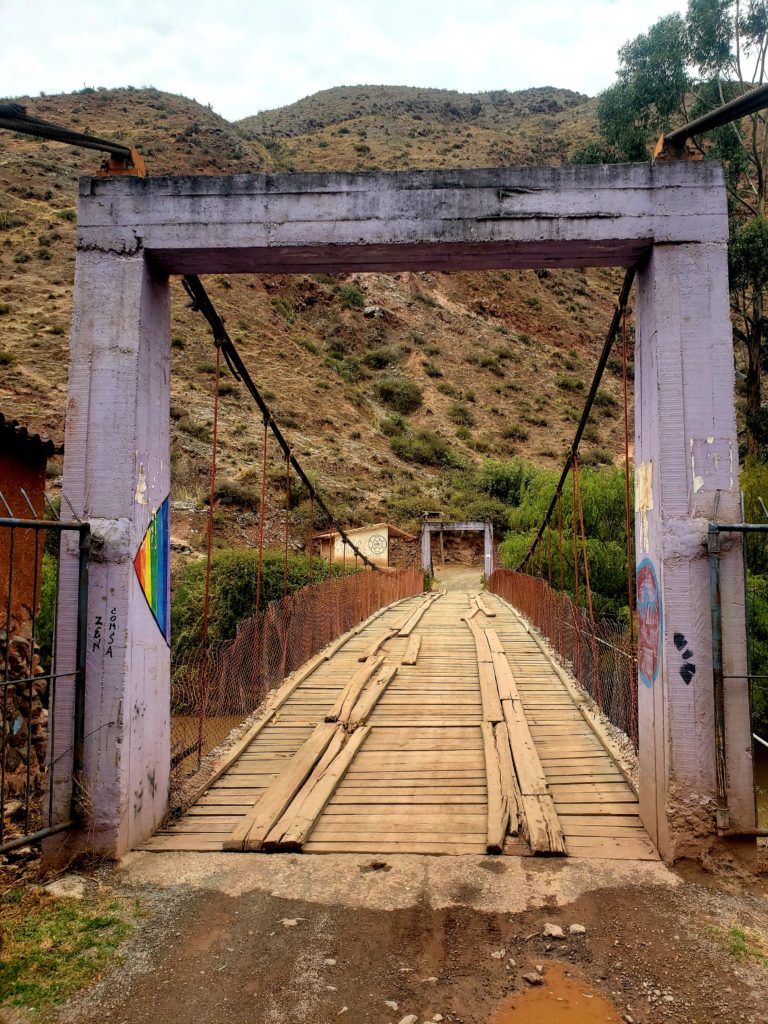
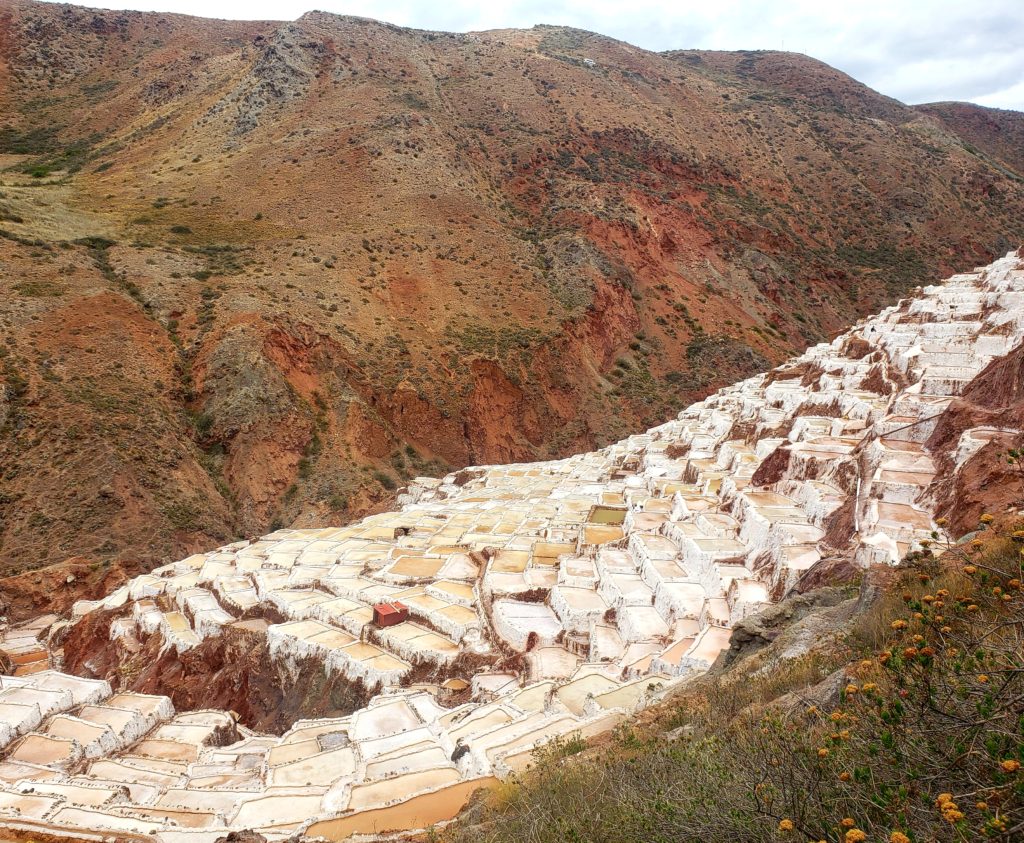
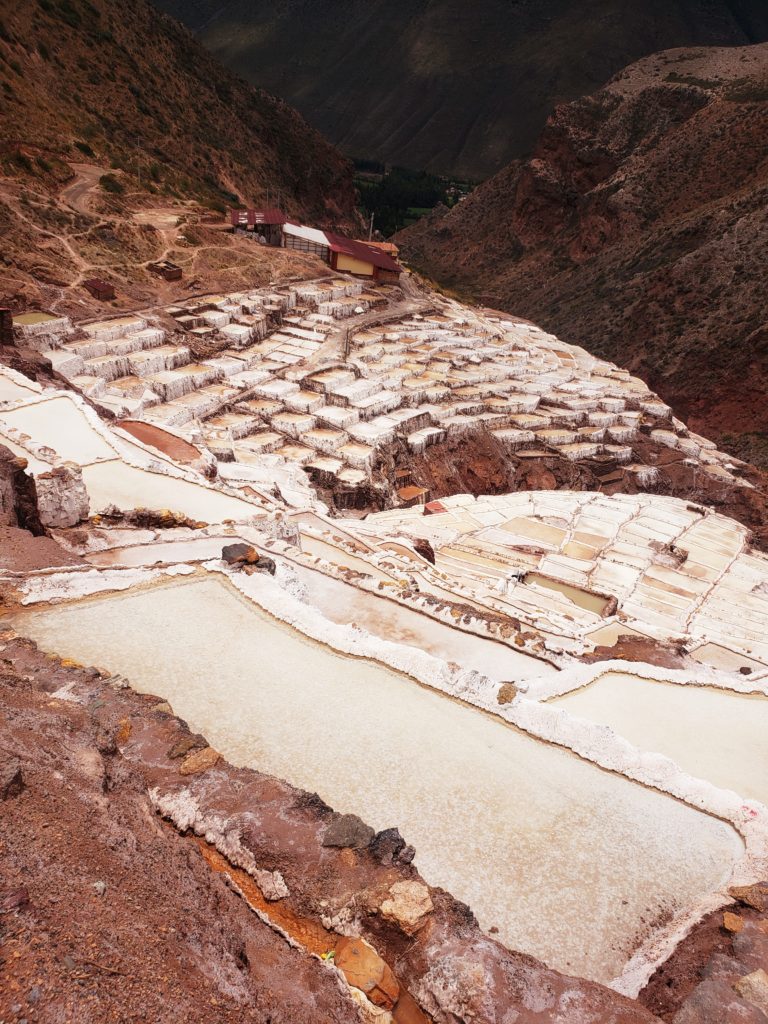
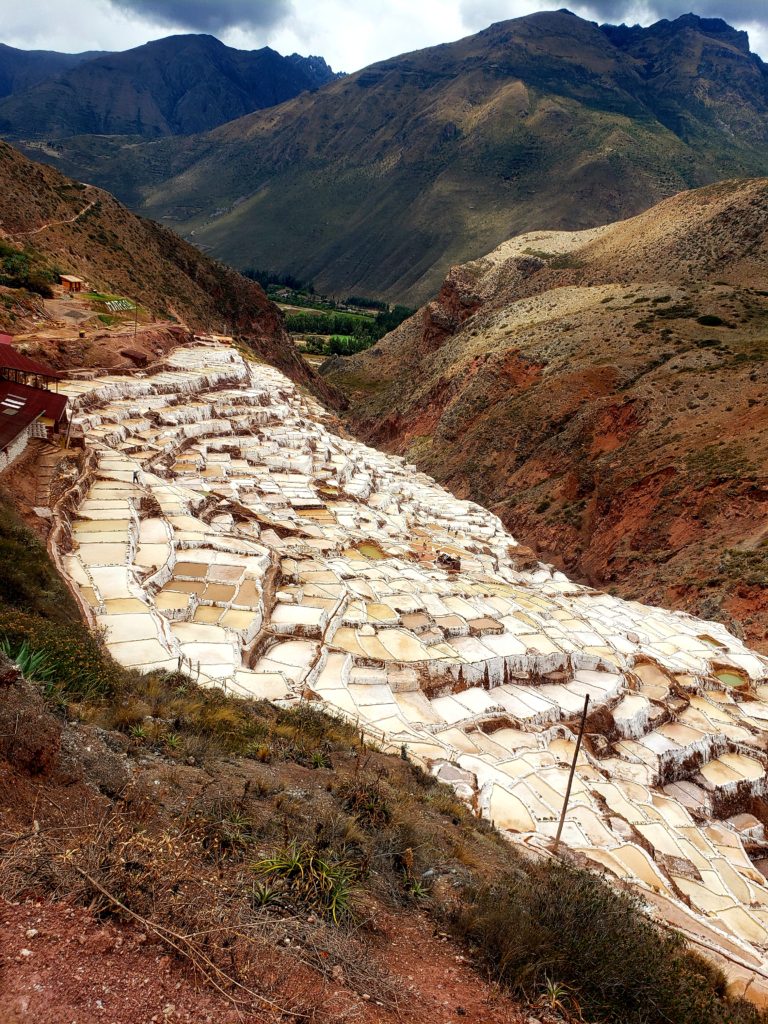
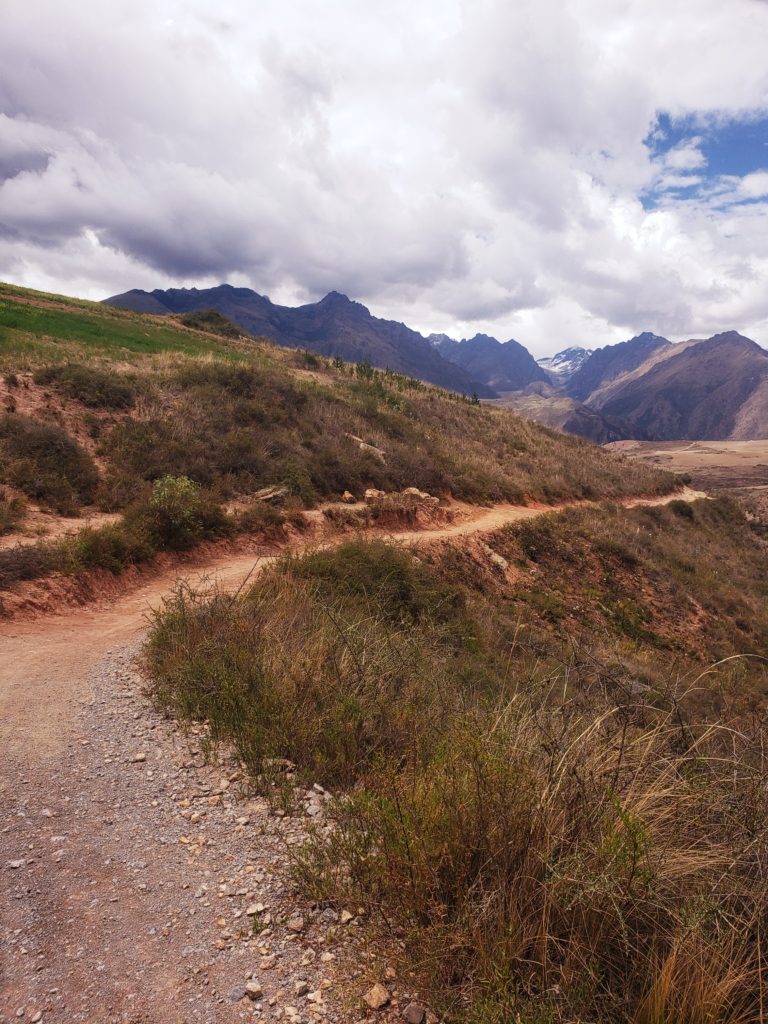
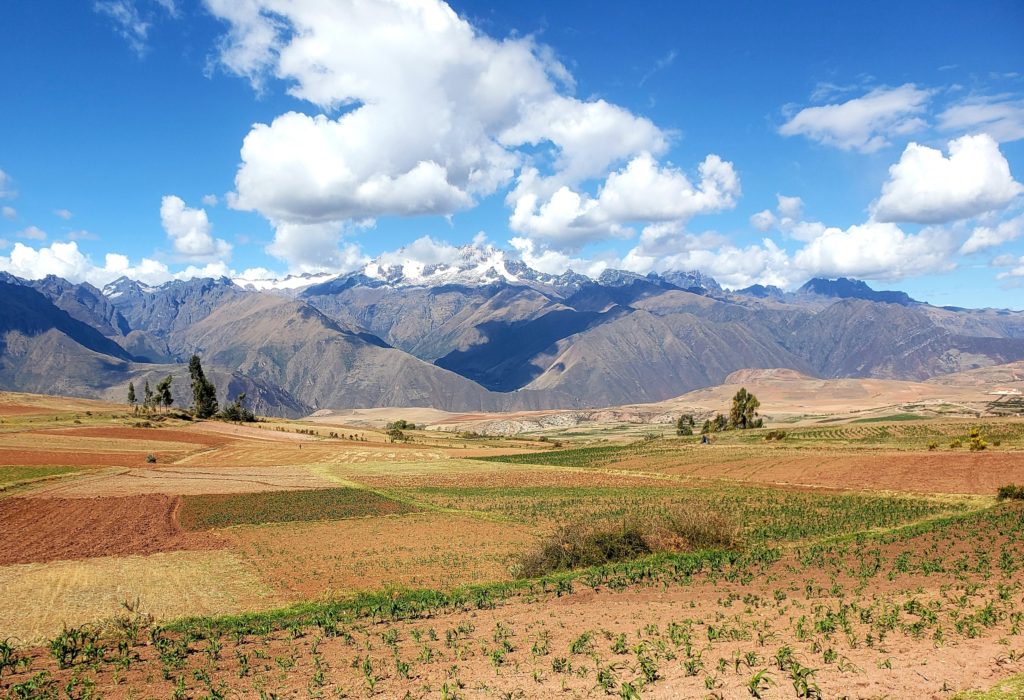
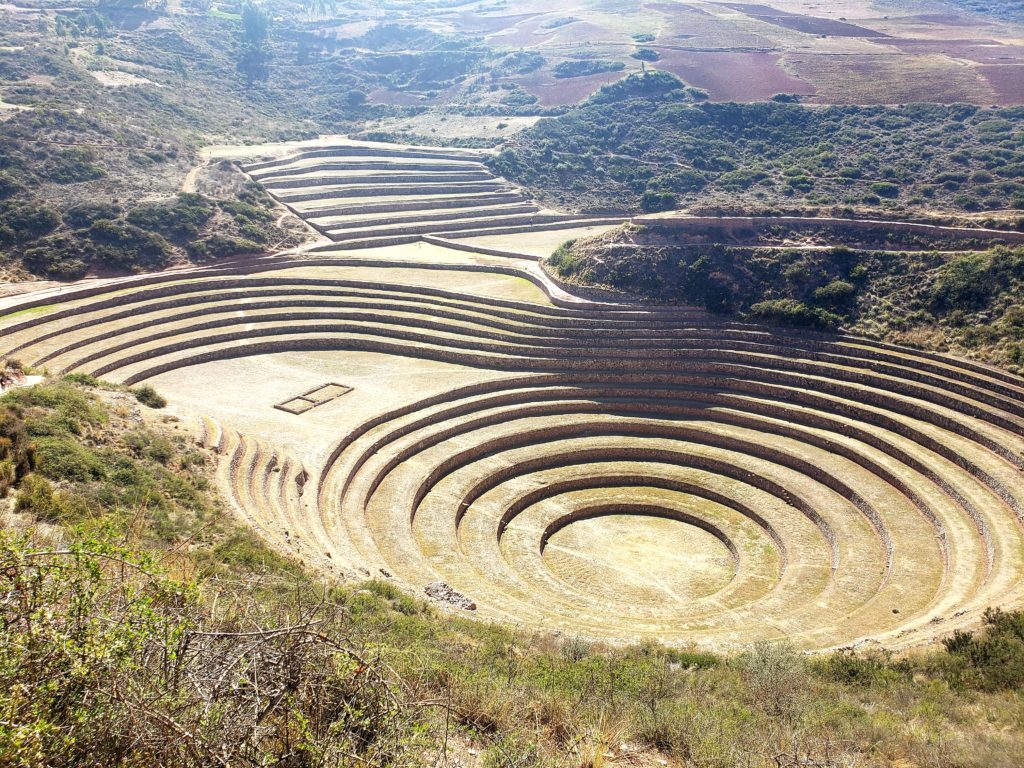
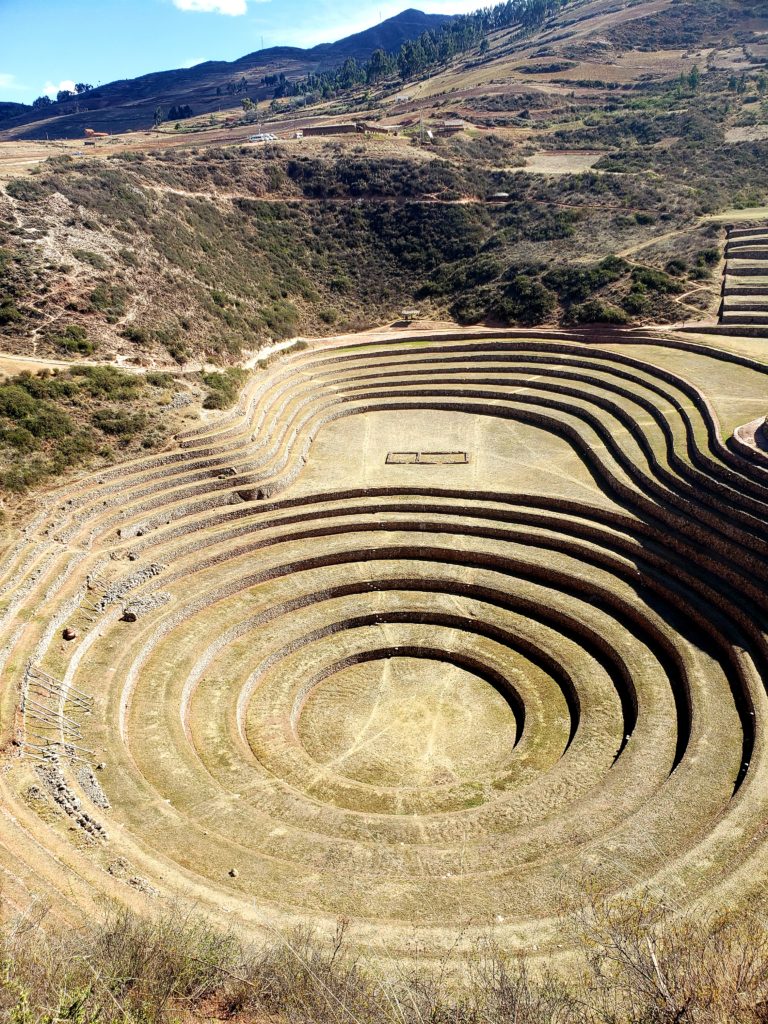

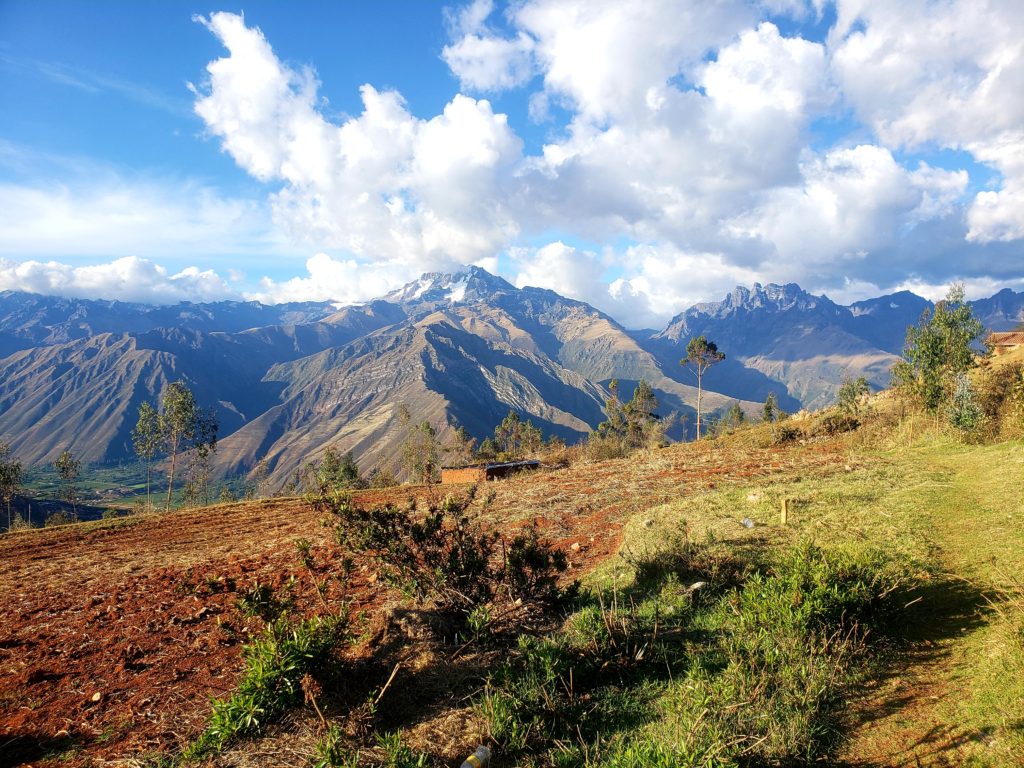
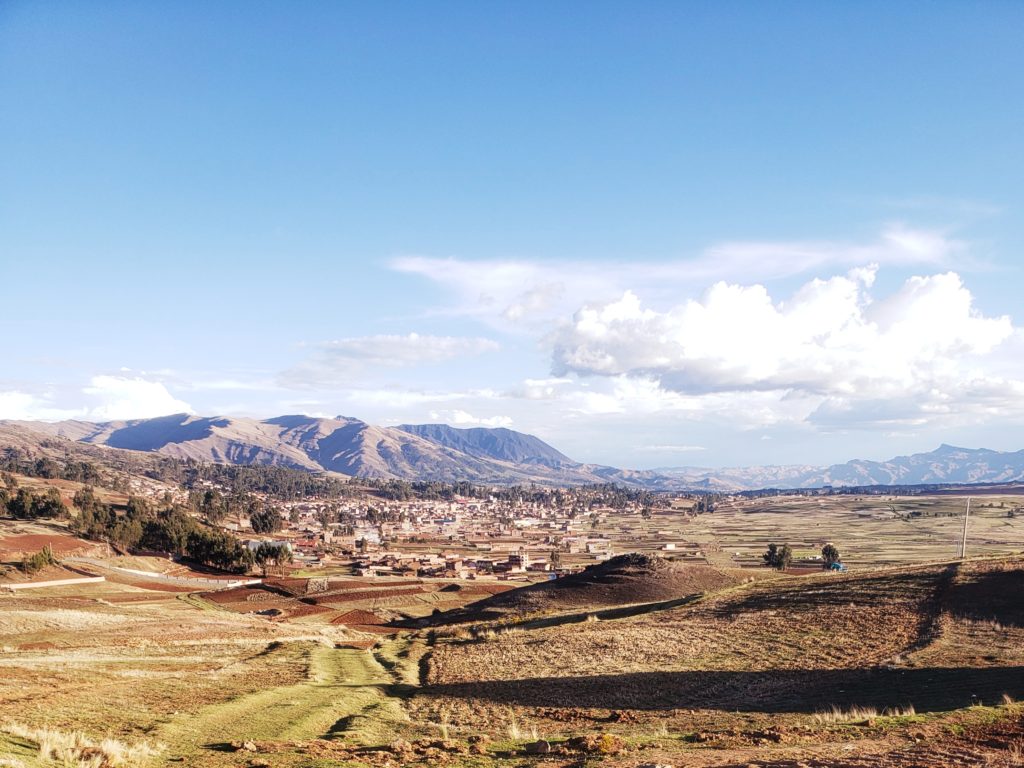
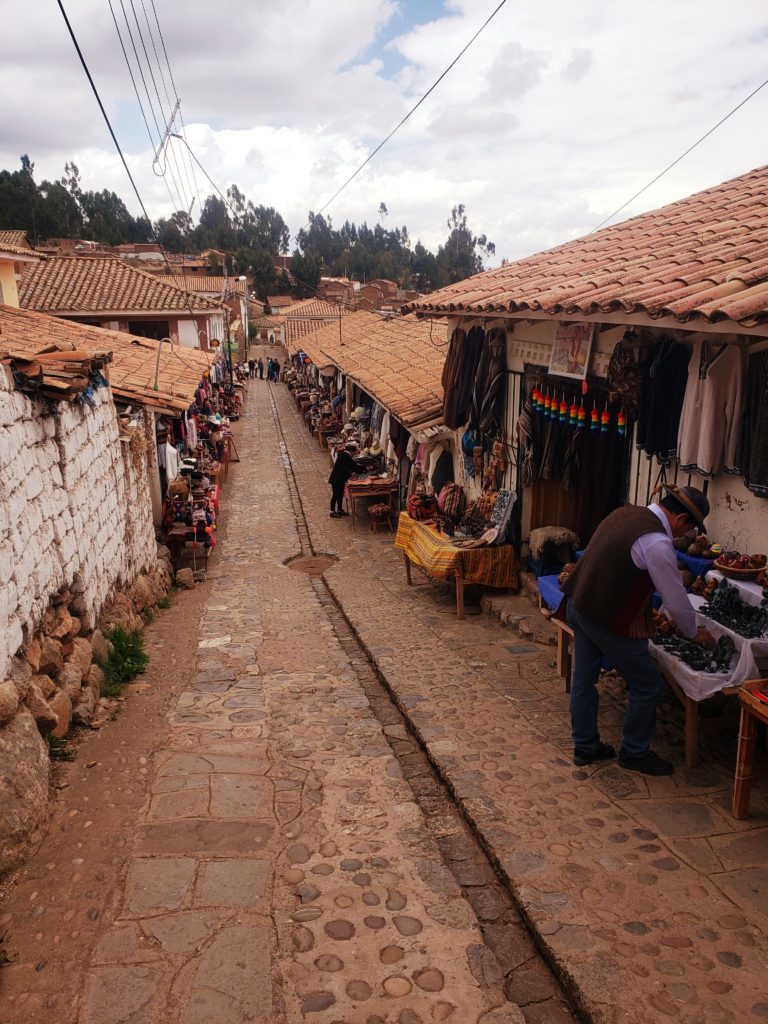
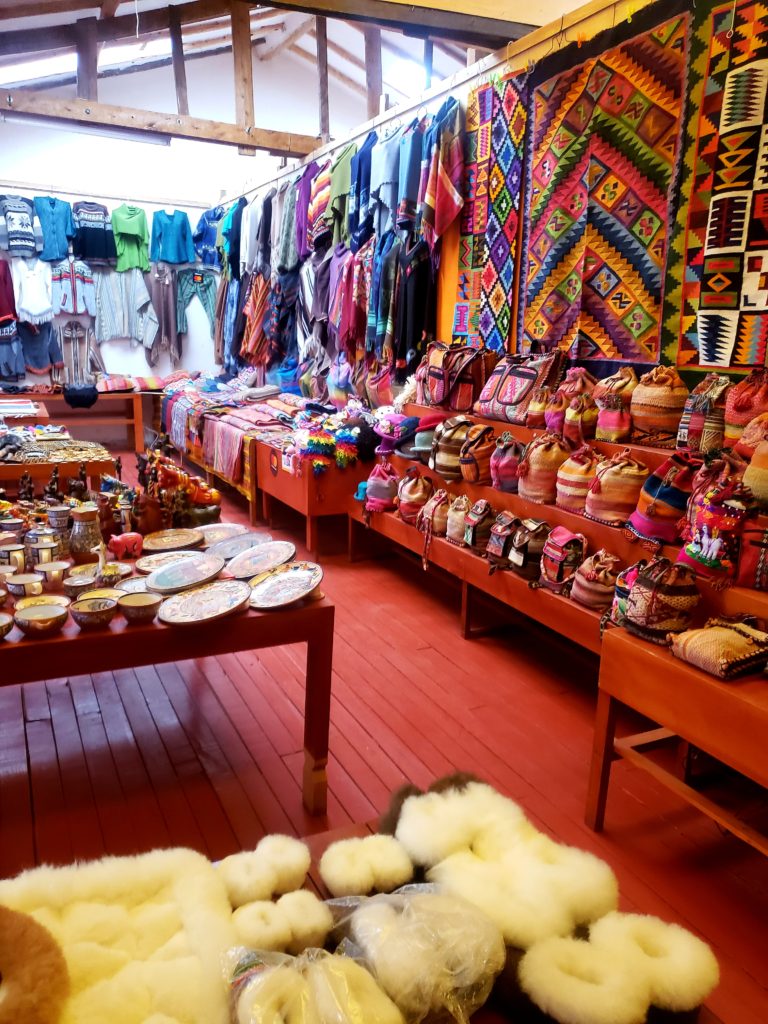


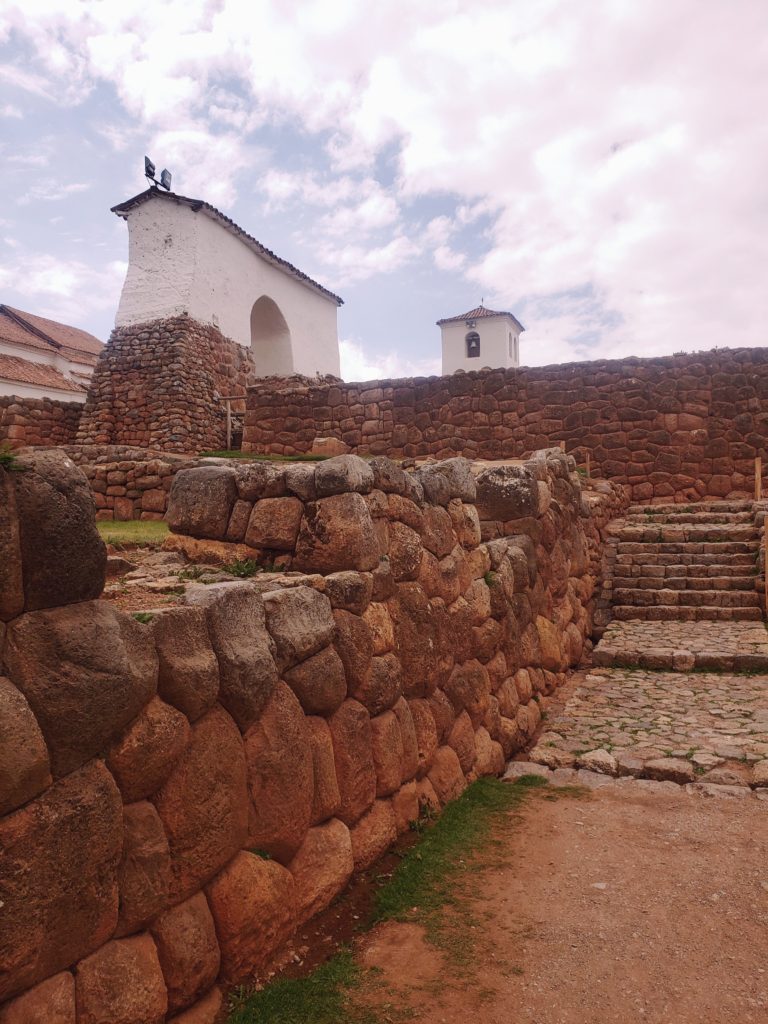

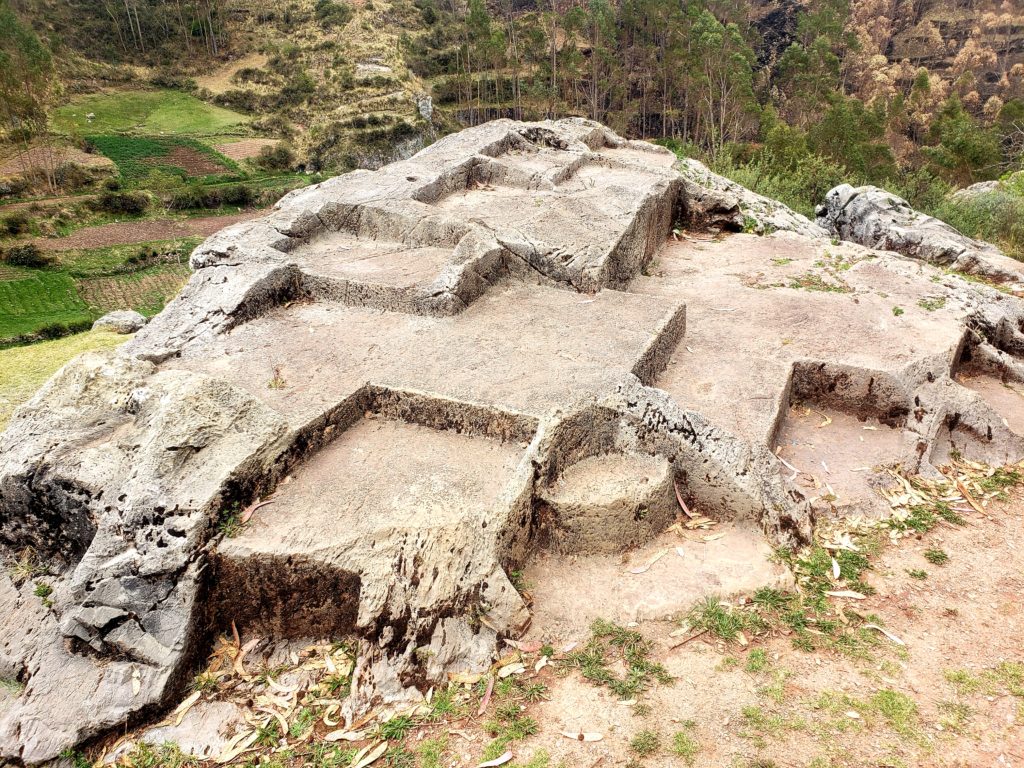
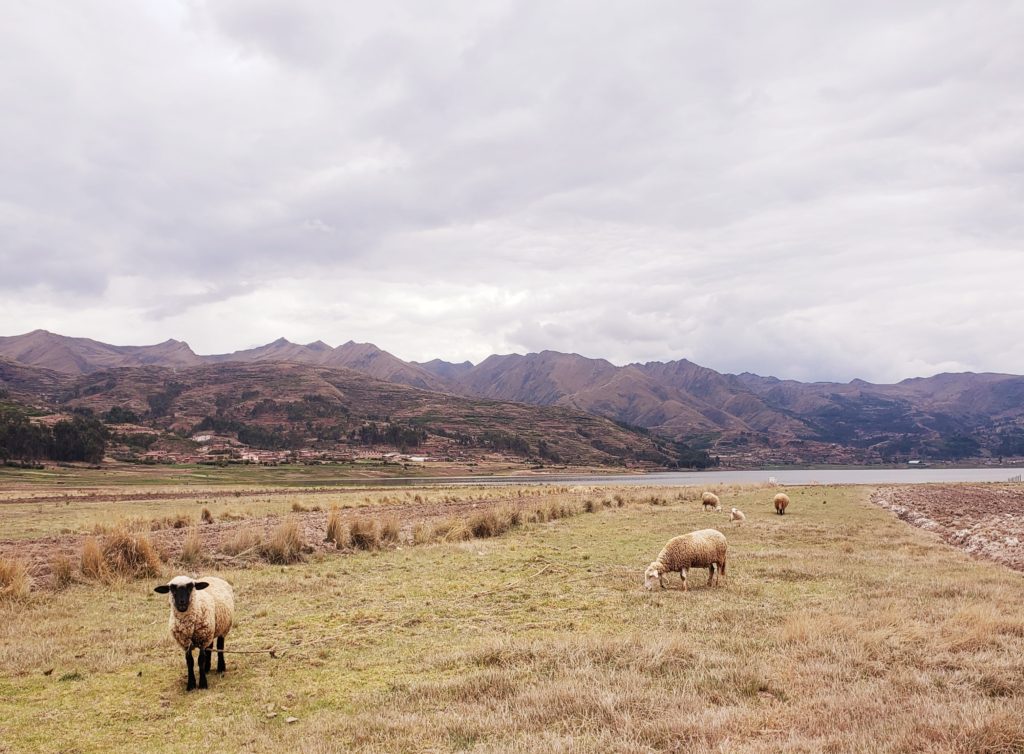

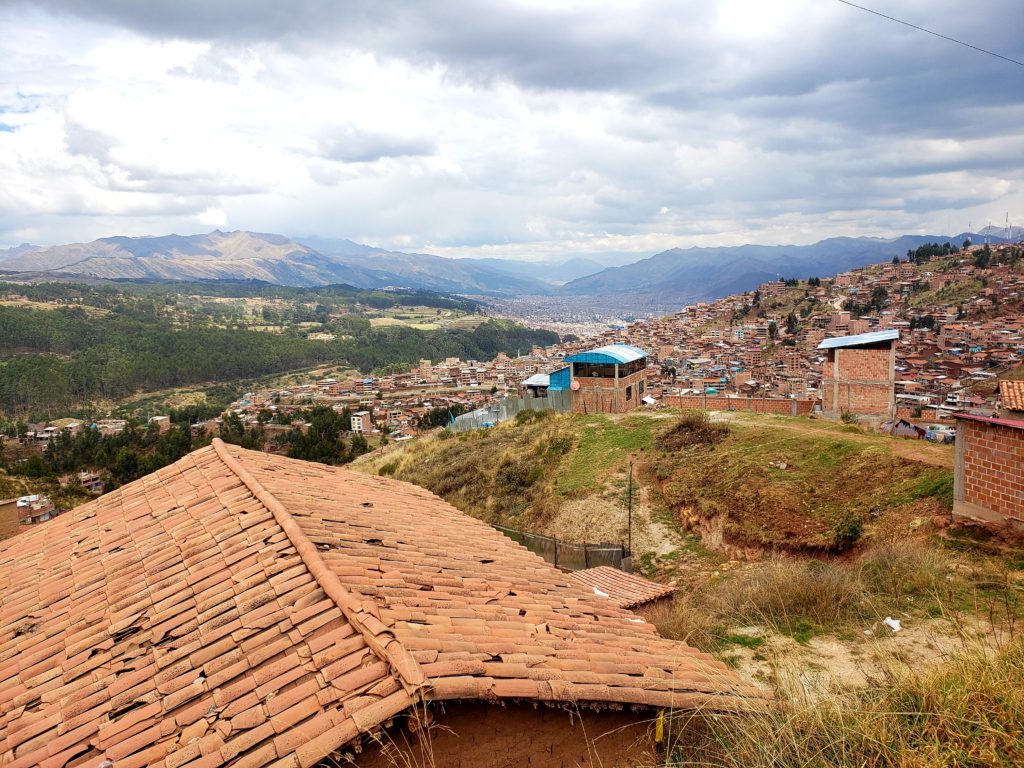
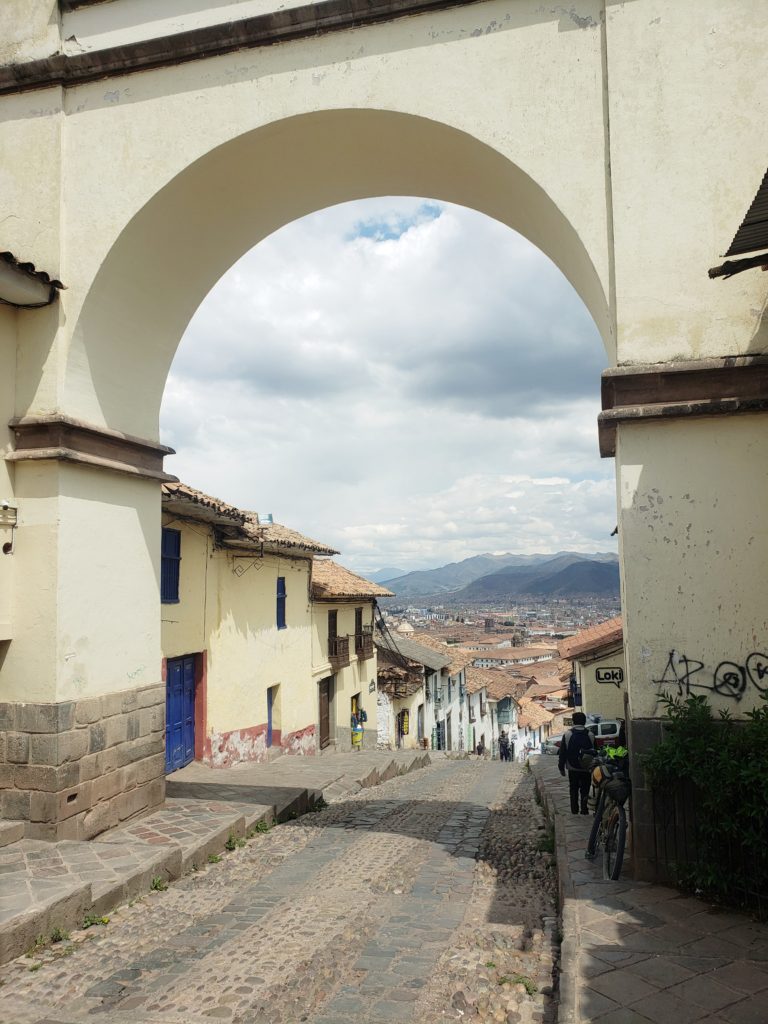
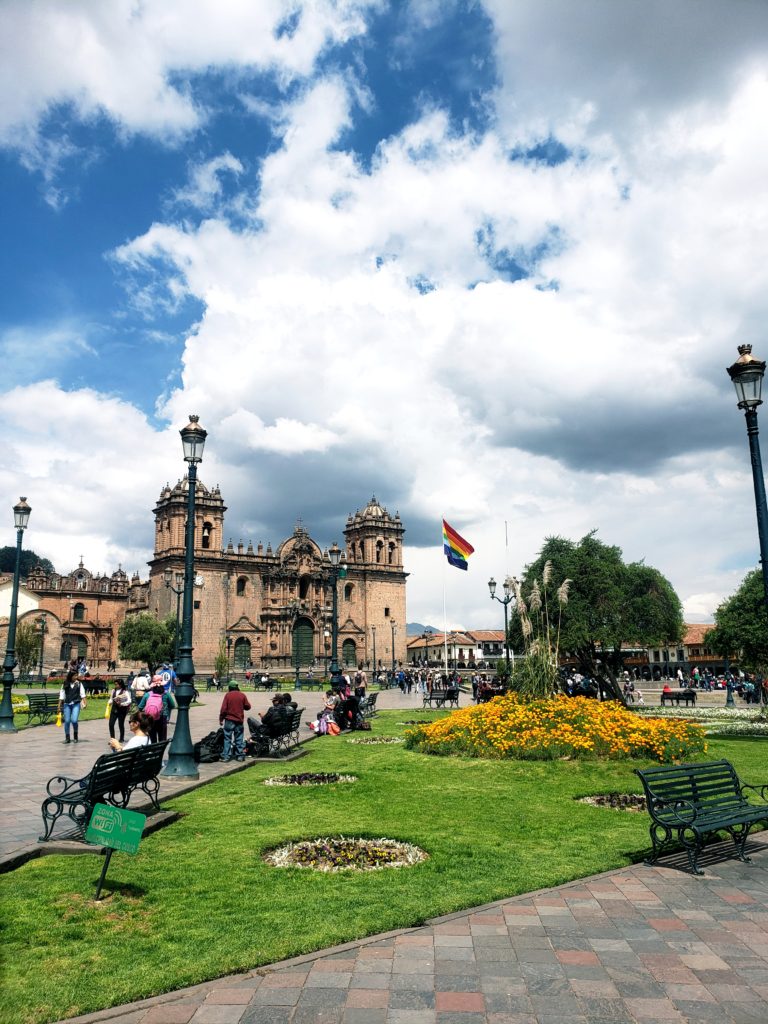
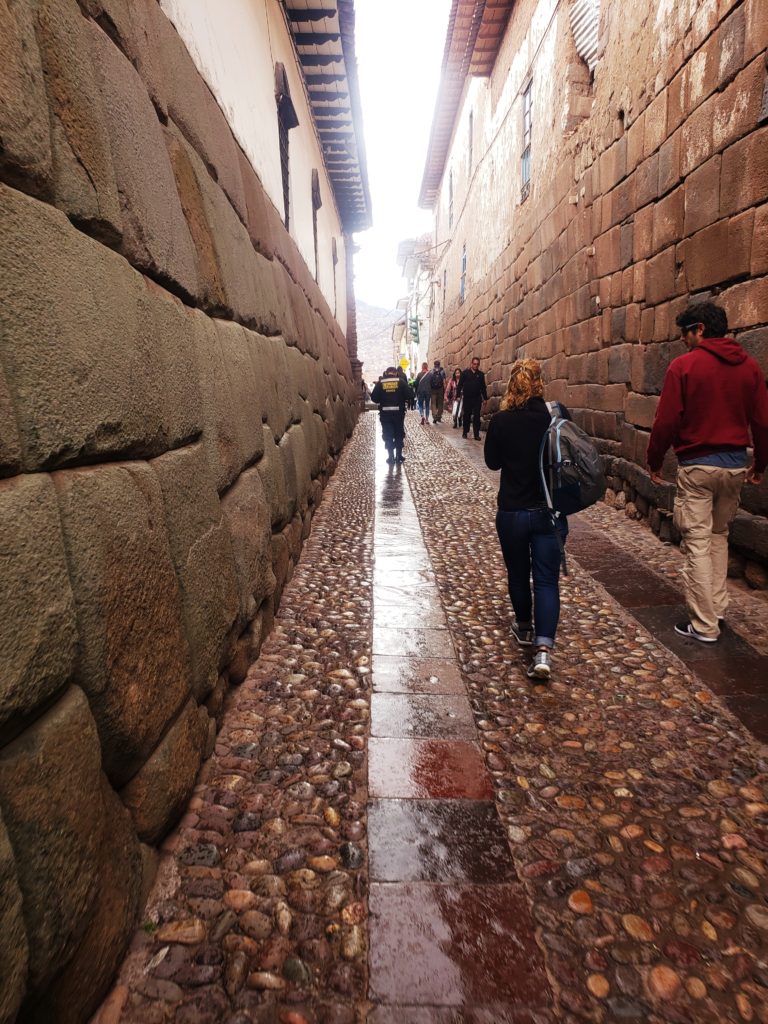
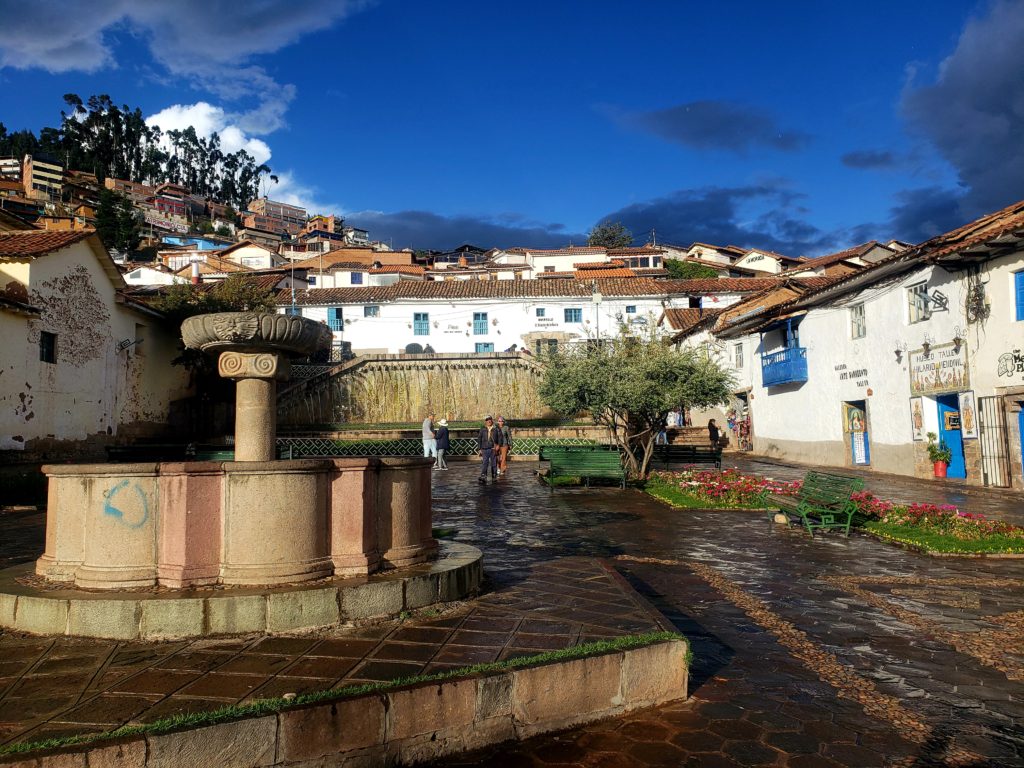
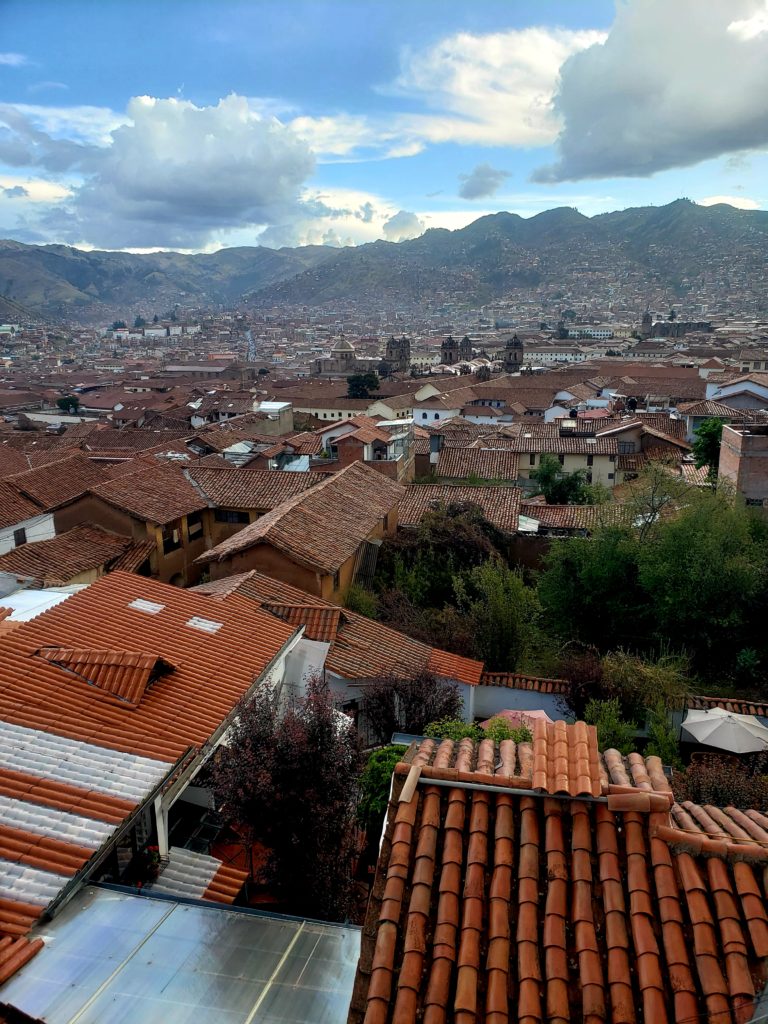


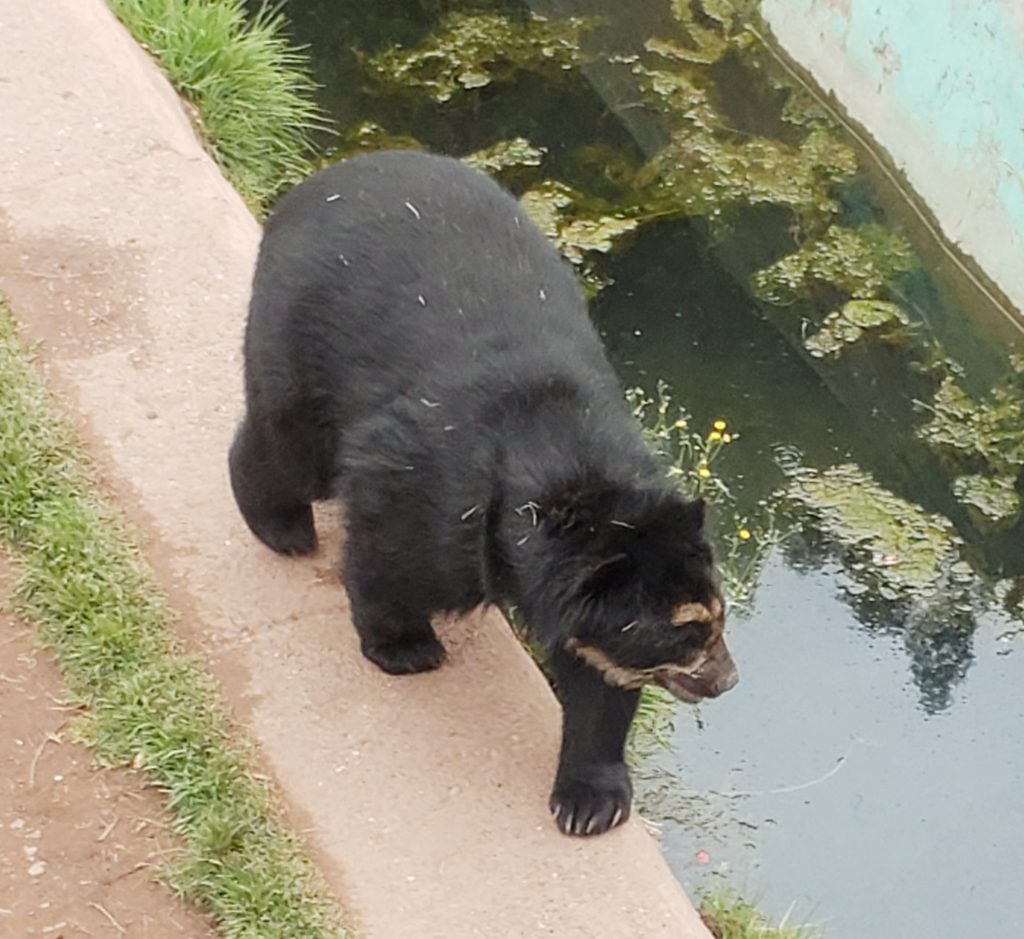
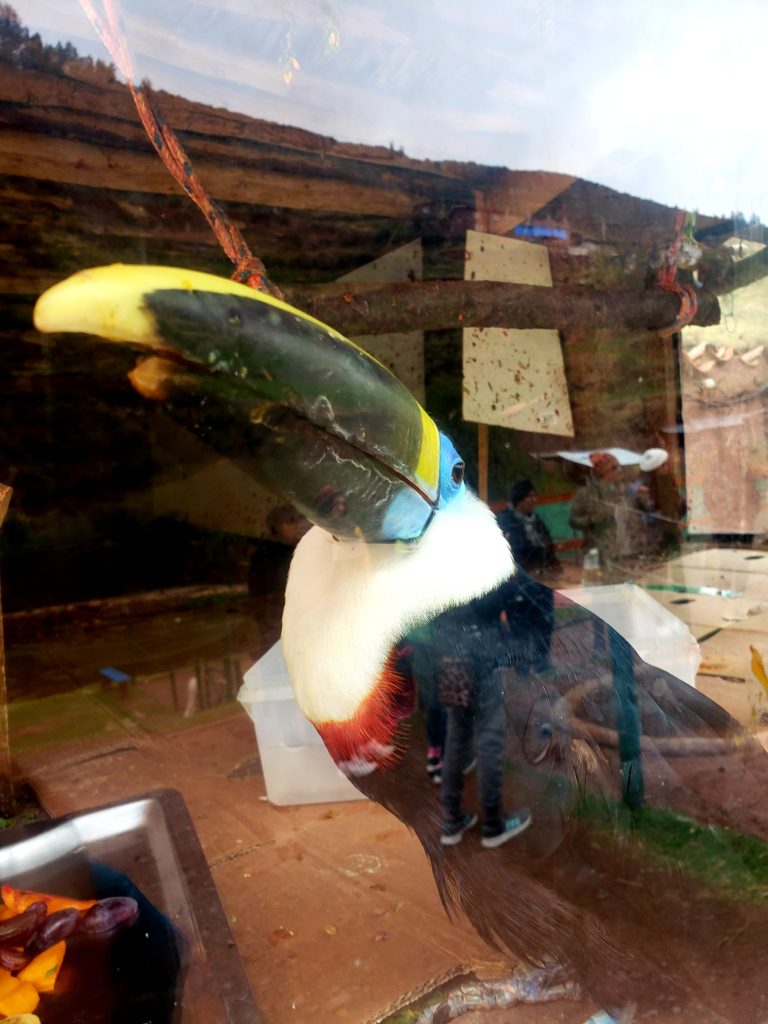
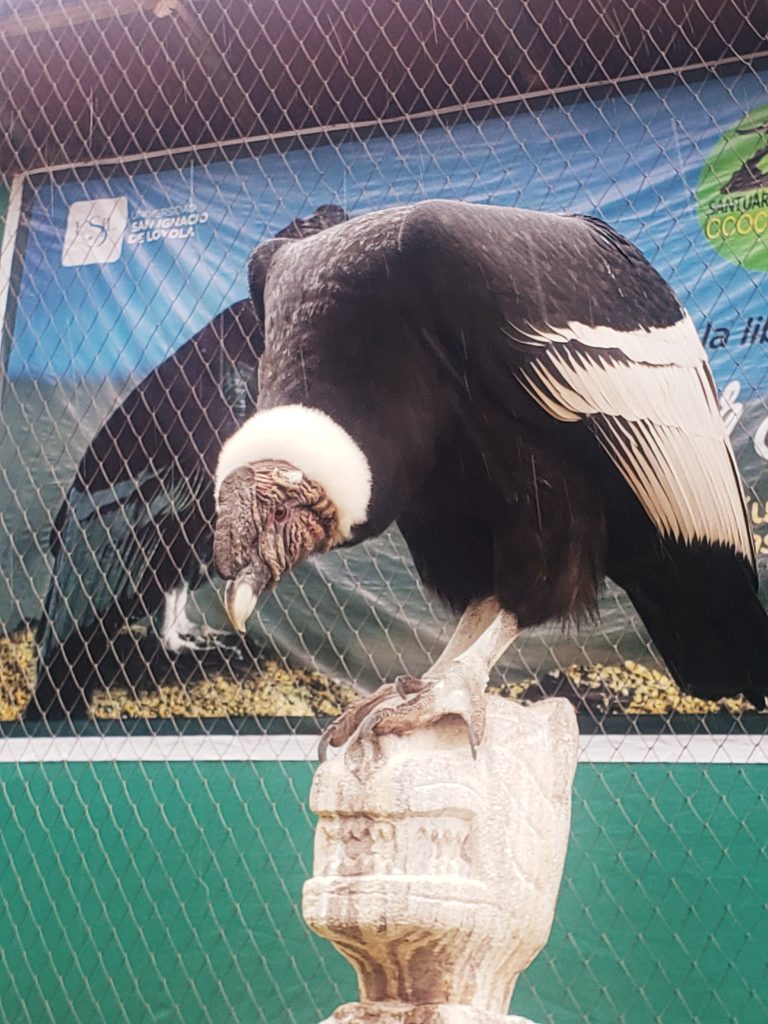
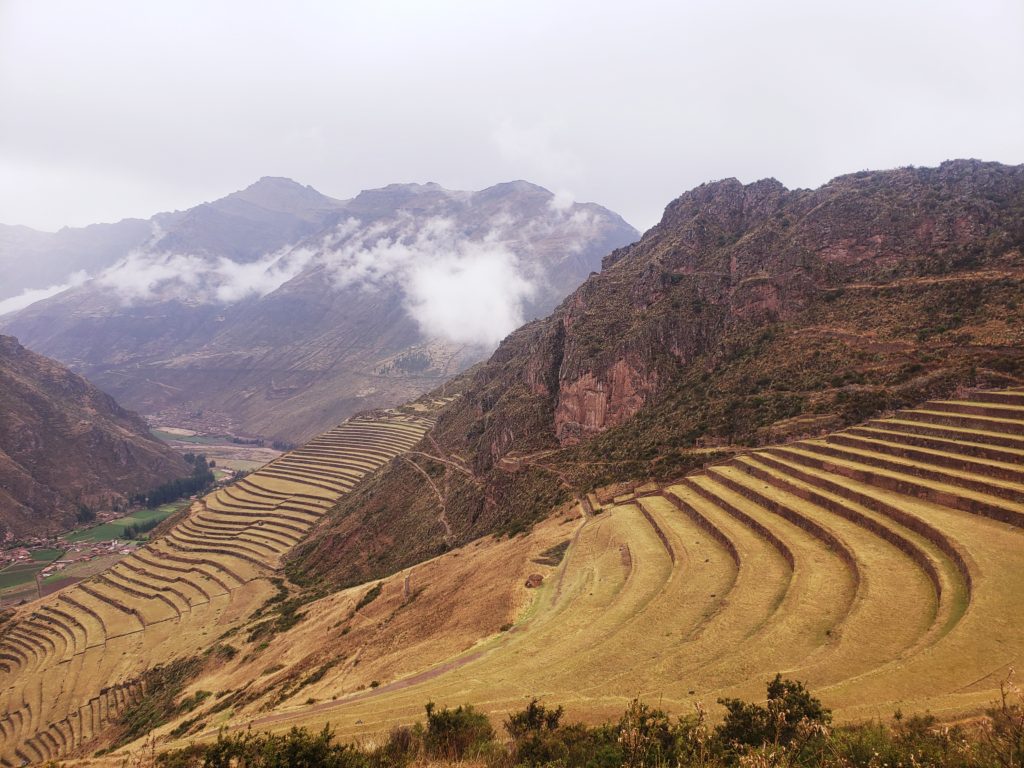
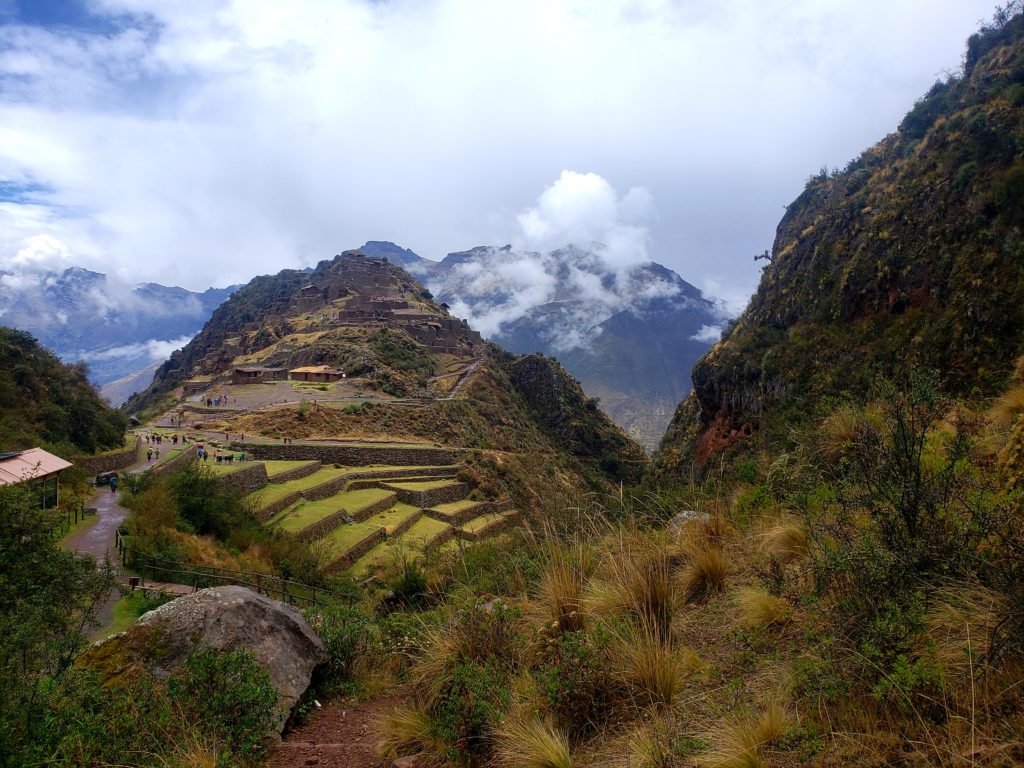
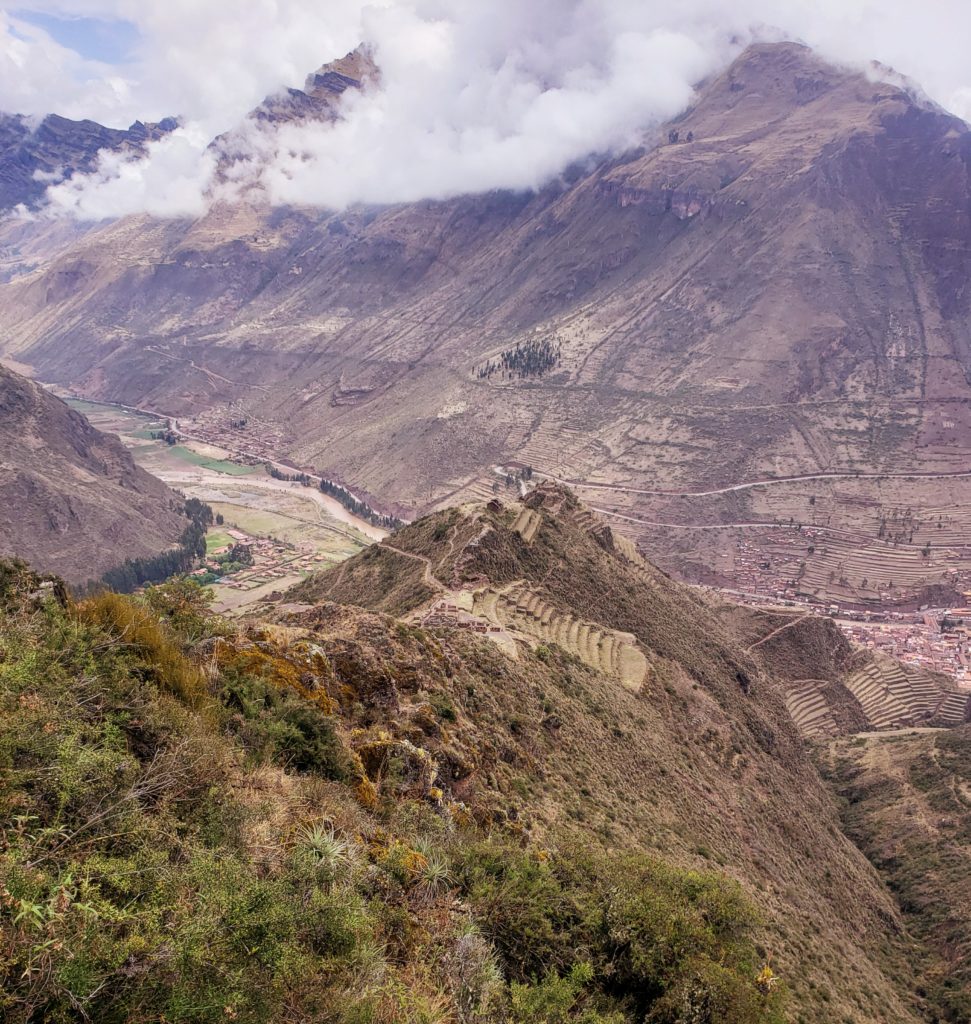
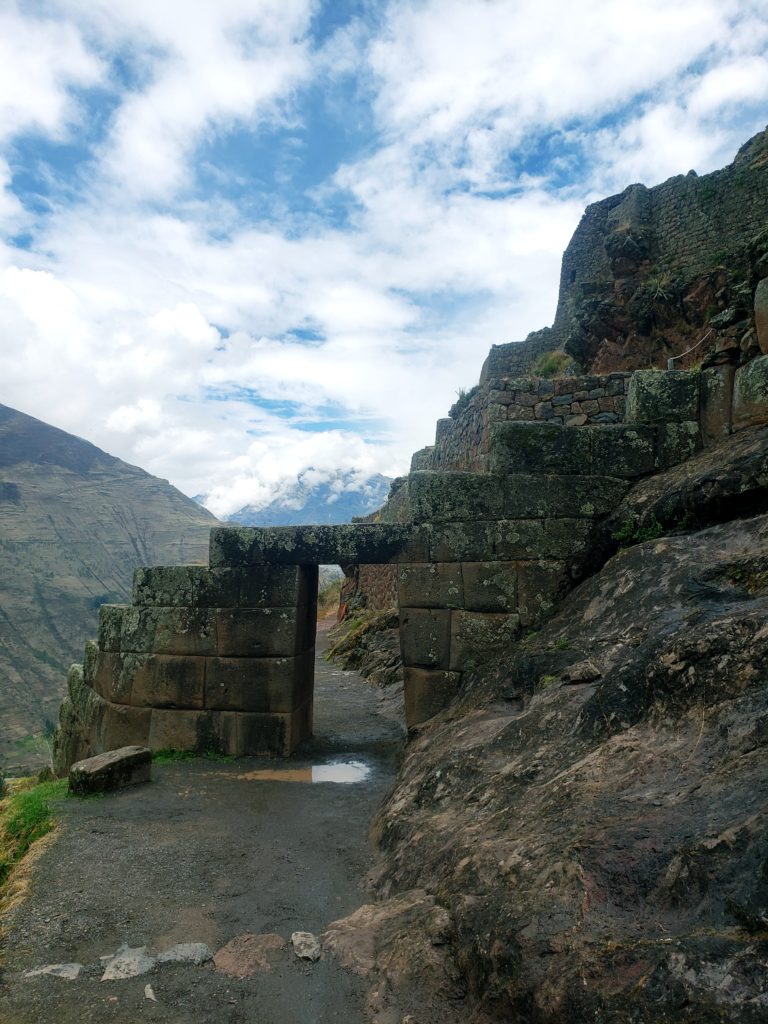
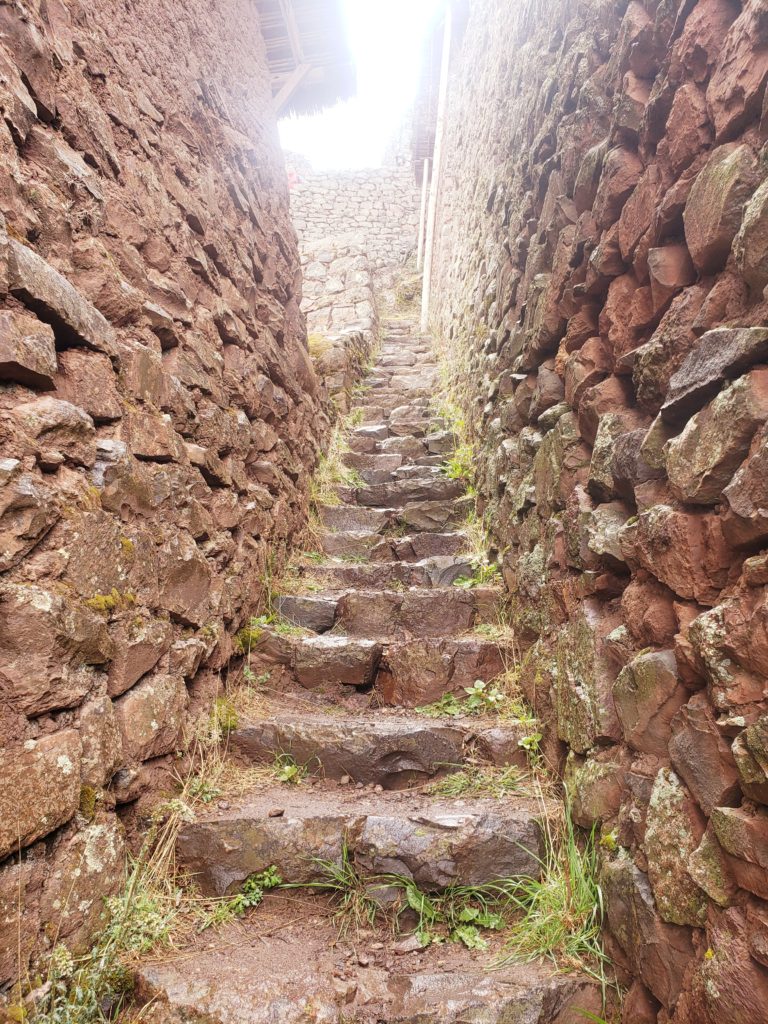
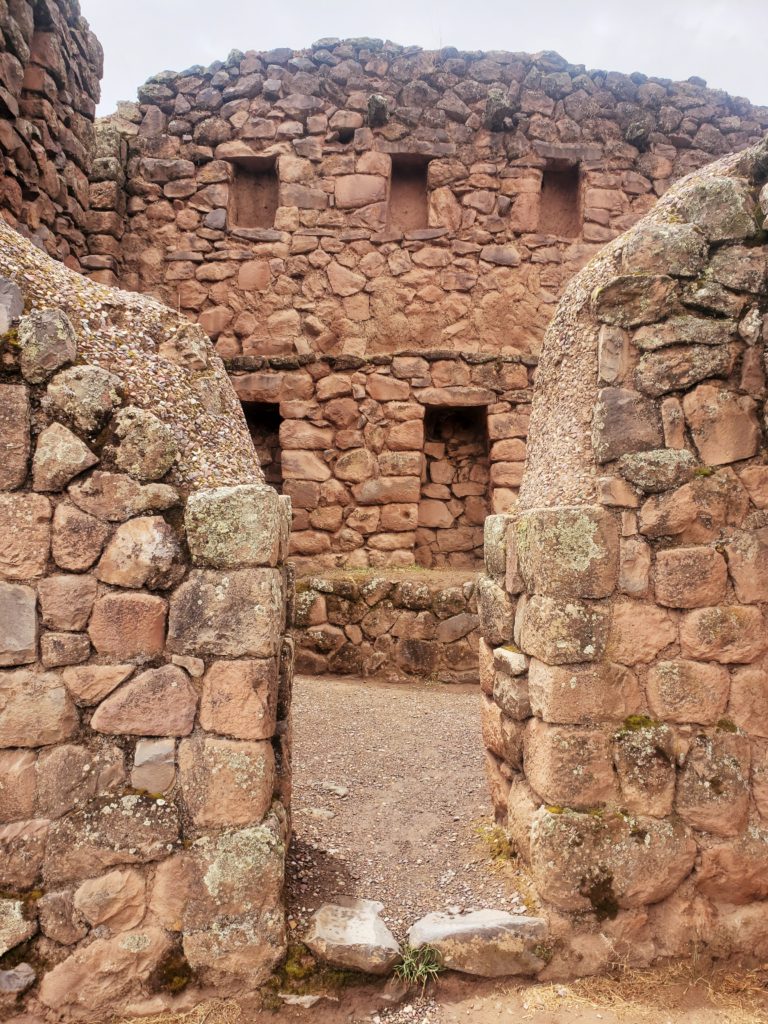
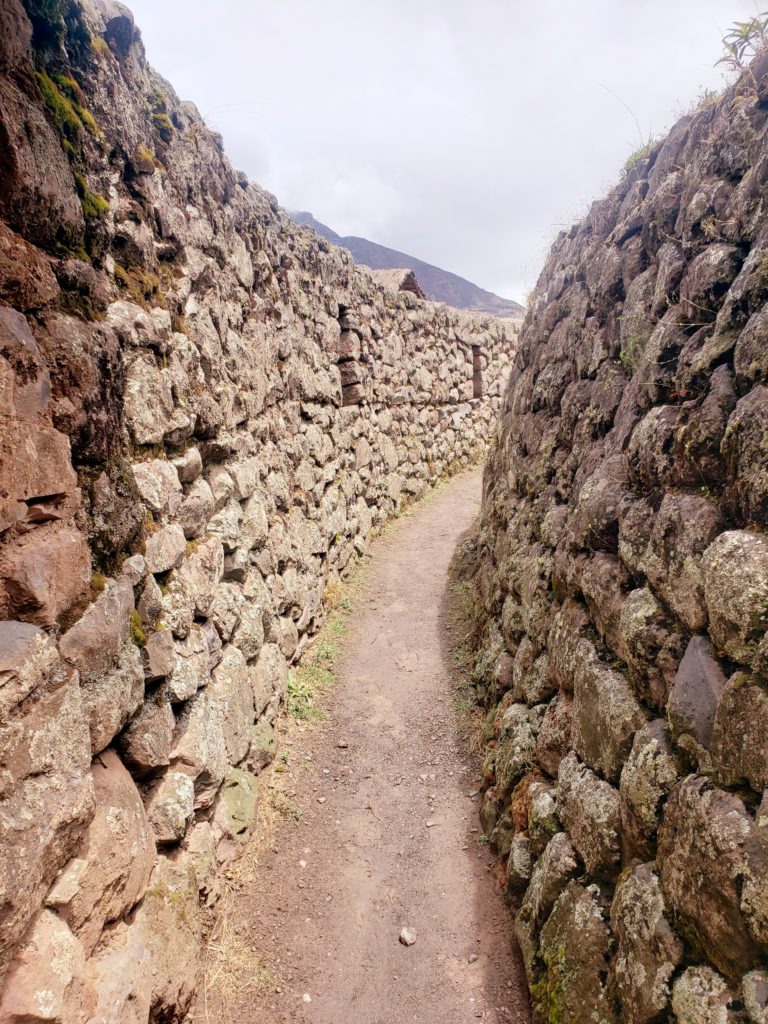
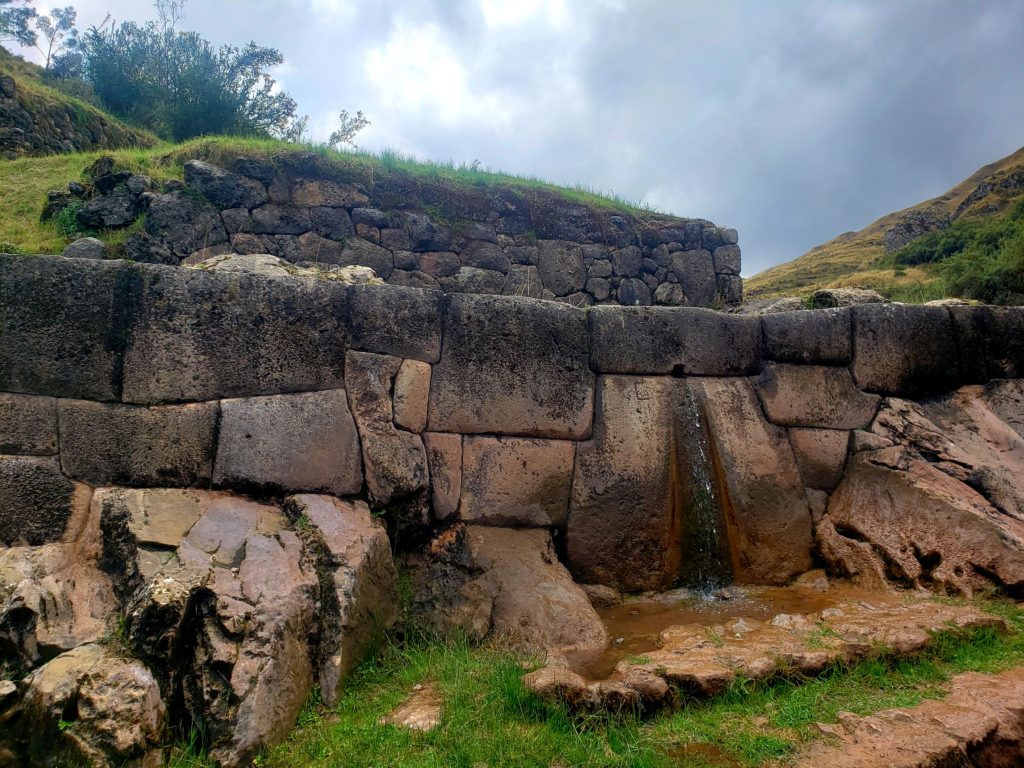

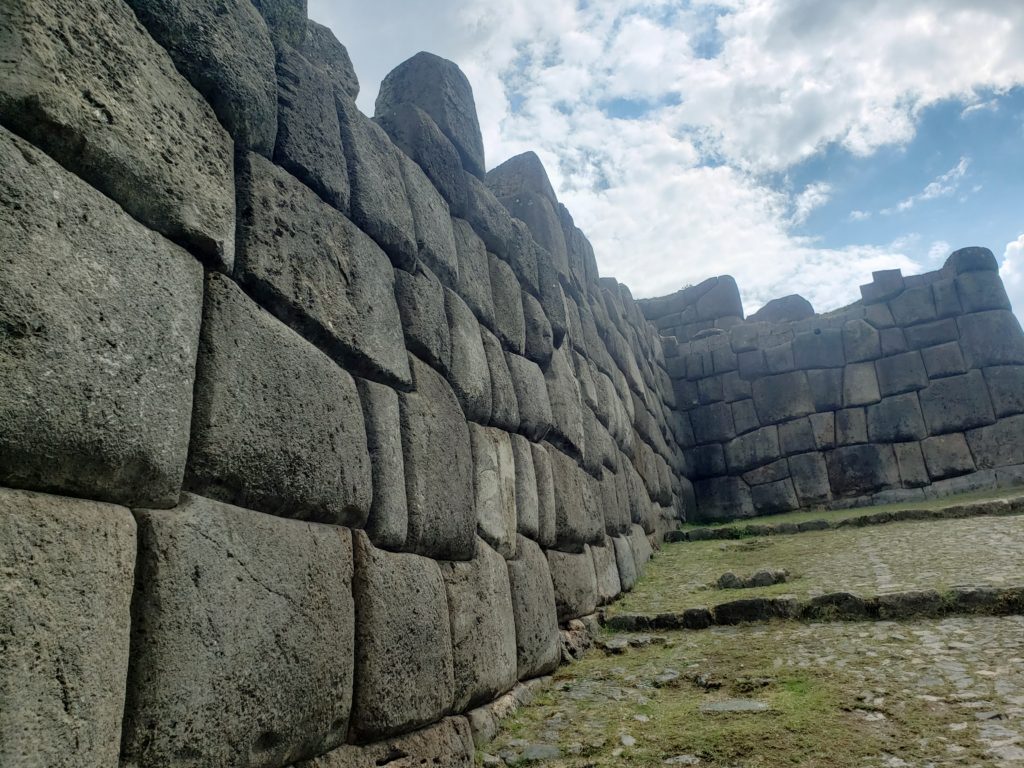


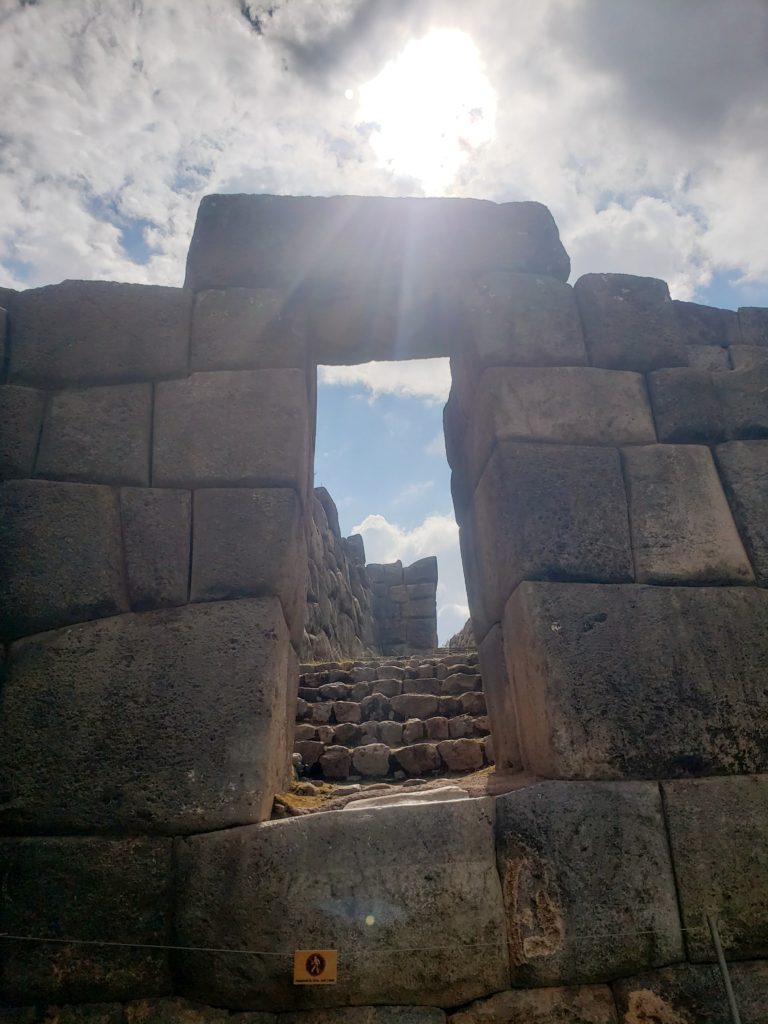
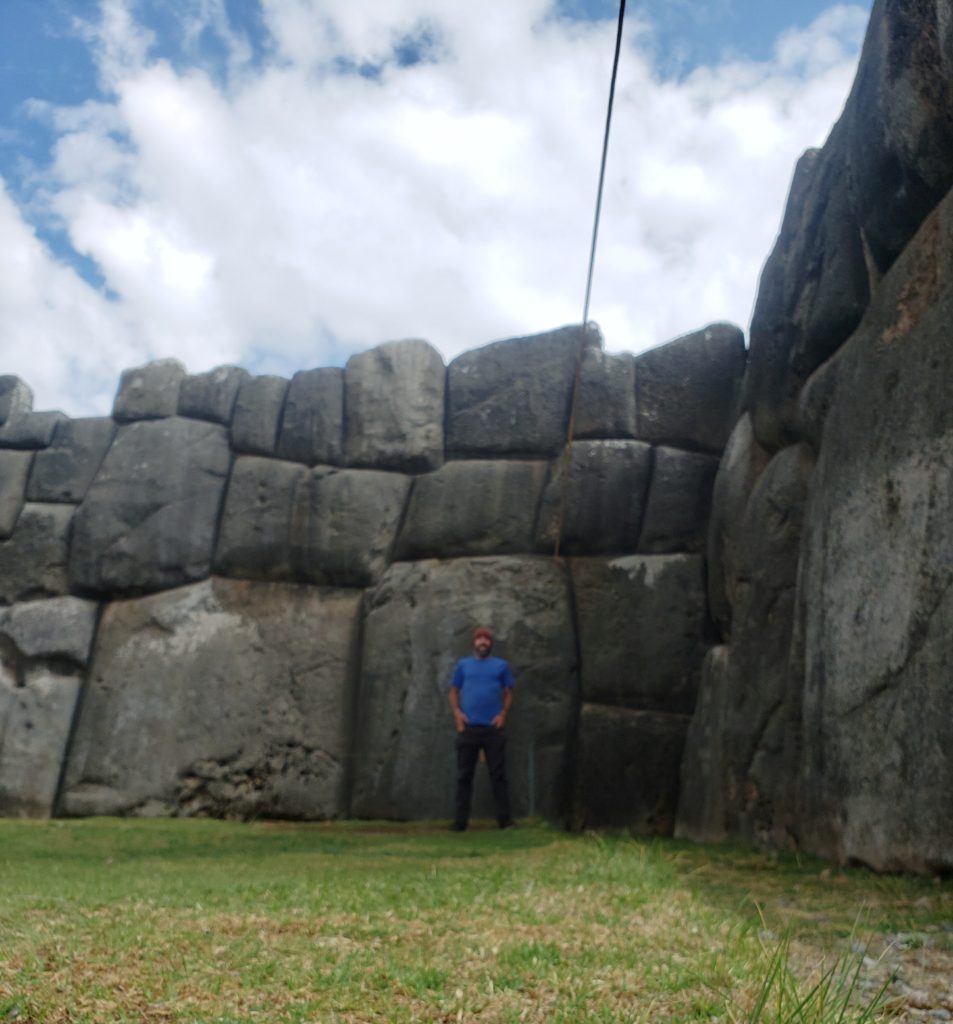
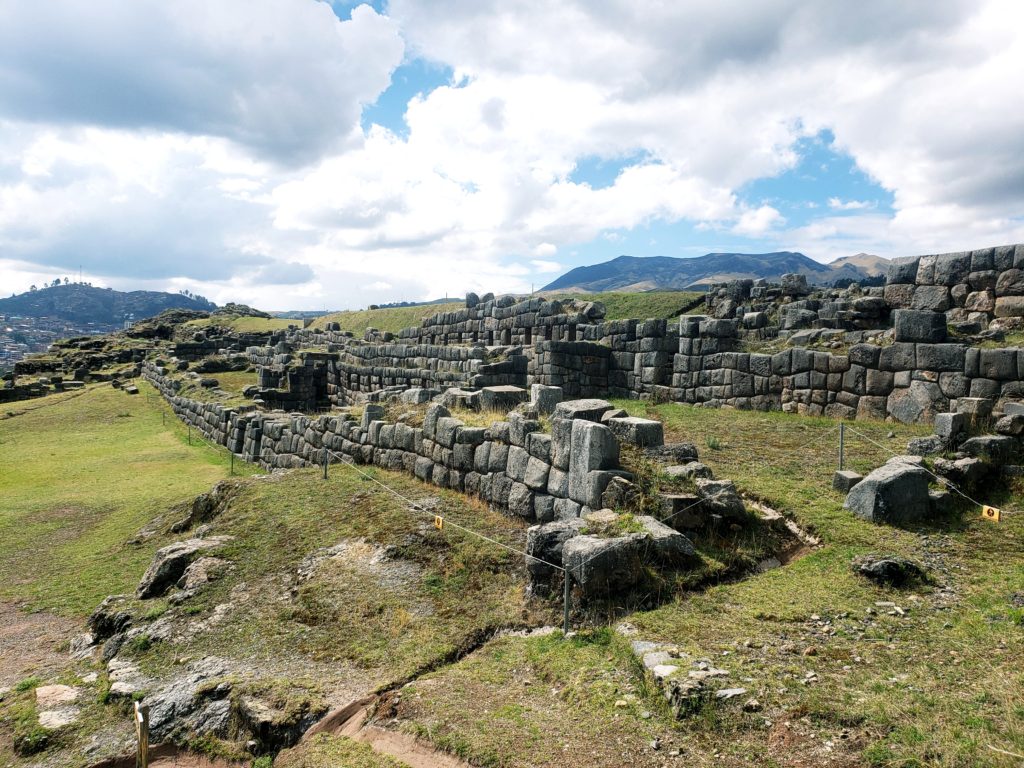
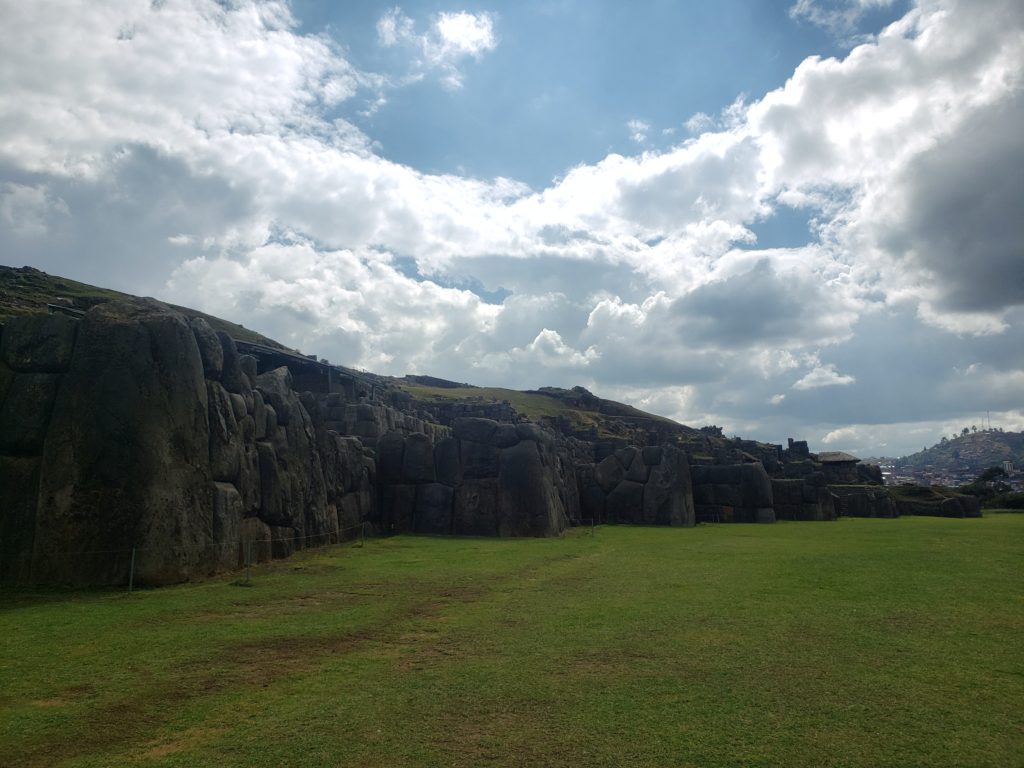
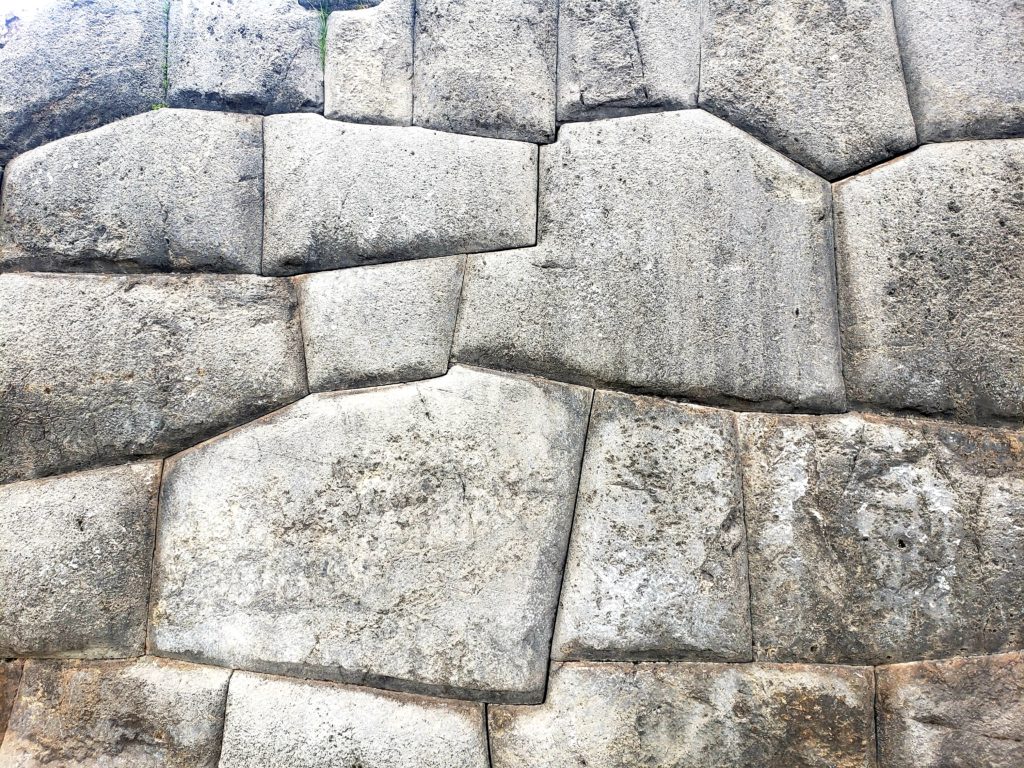
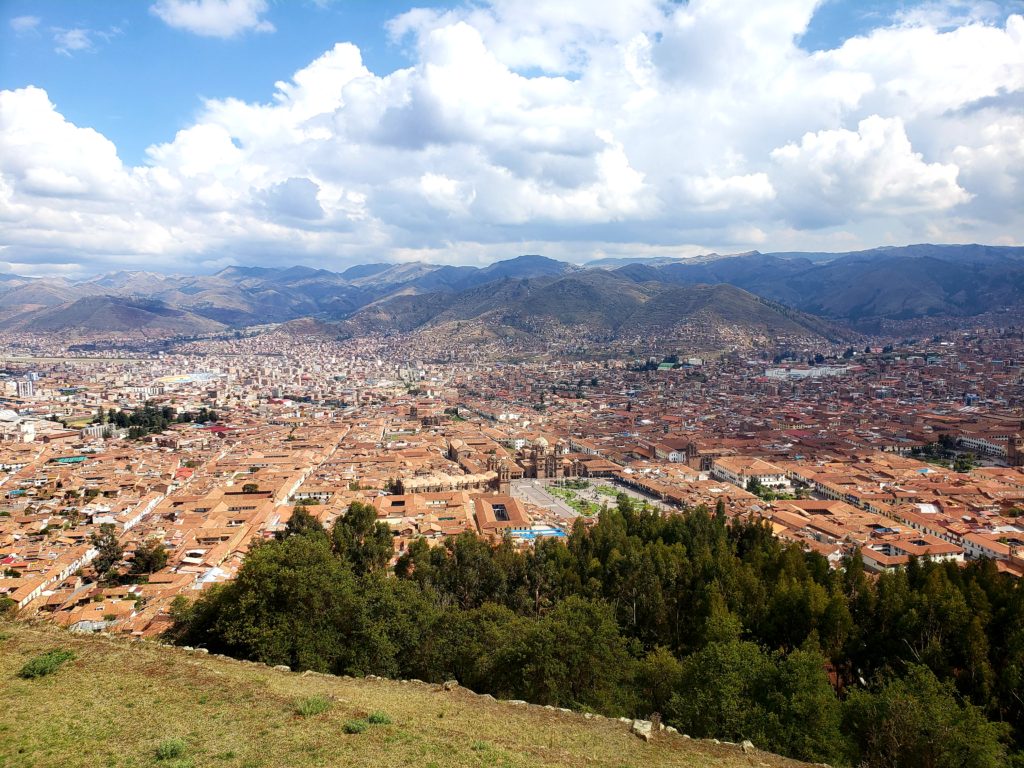
Archives
Calendar
| M | T | W | T | F | S | S |
|---|---|---|---|---|---|---|
| « Mar | ||||||
| 1 | 2 | 3 | 4 | |||
| 5 | 6 | 7 | 8 | 9 | 10 | 11 |
| 12 | 13 | 14 | 15 | 16 | 17 | 18 |
| 19 | 20 | 21 | 22 | 23 | 24 | 25 |
| 26 | 27 | 28 | 29 | 30 | 31 | |